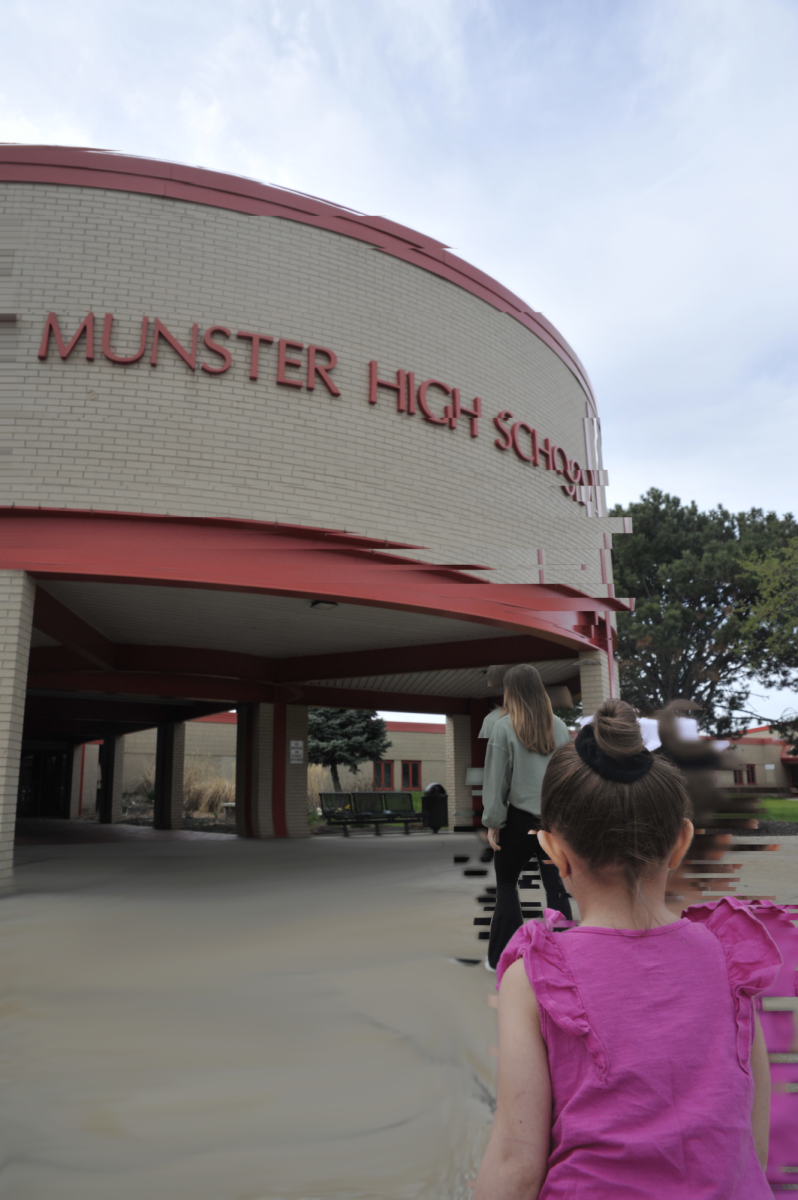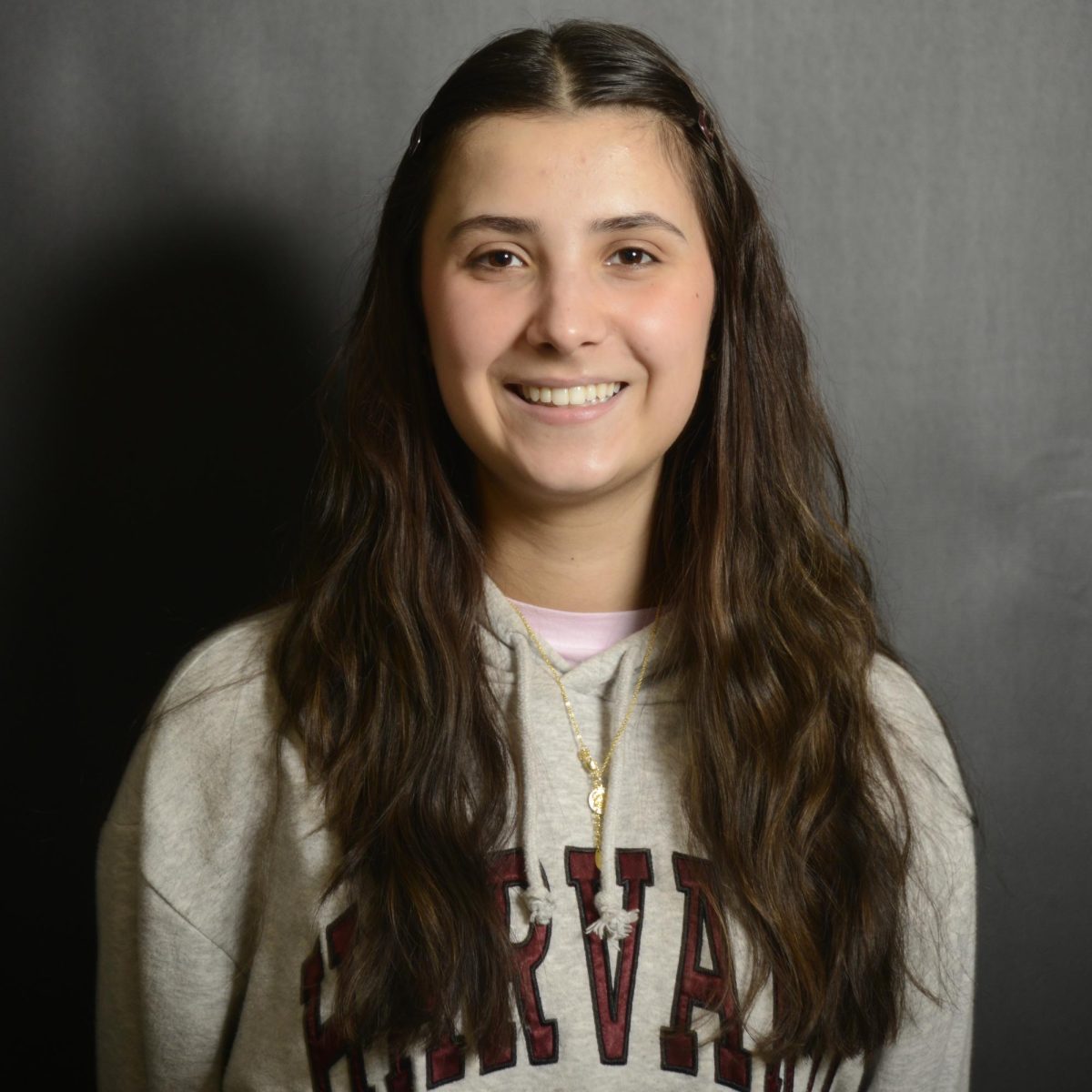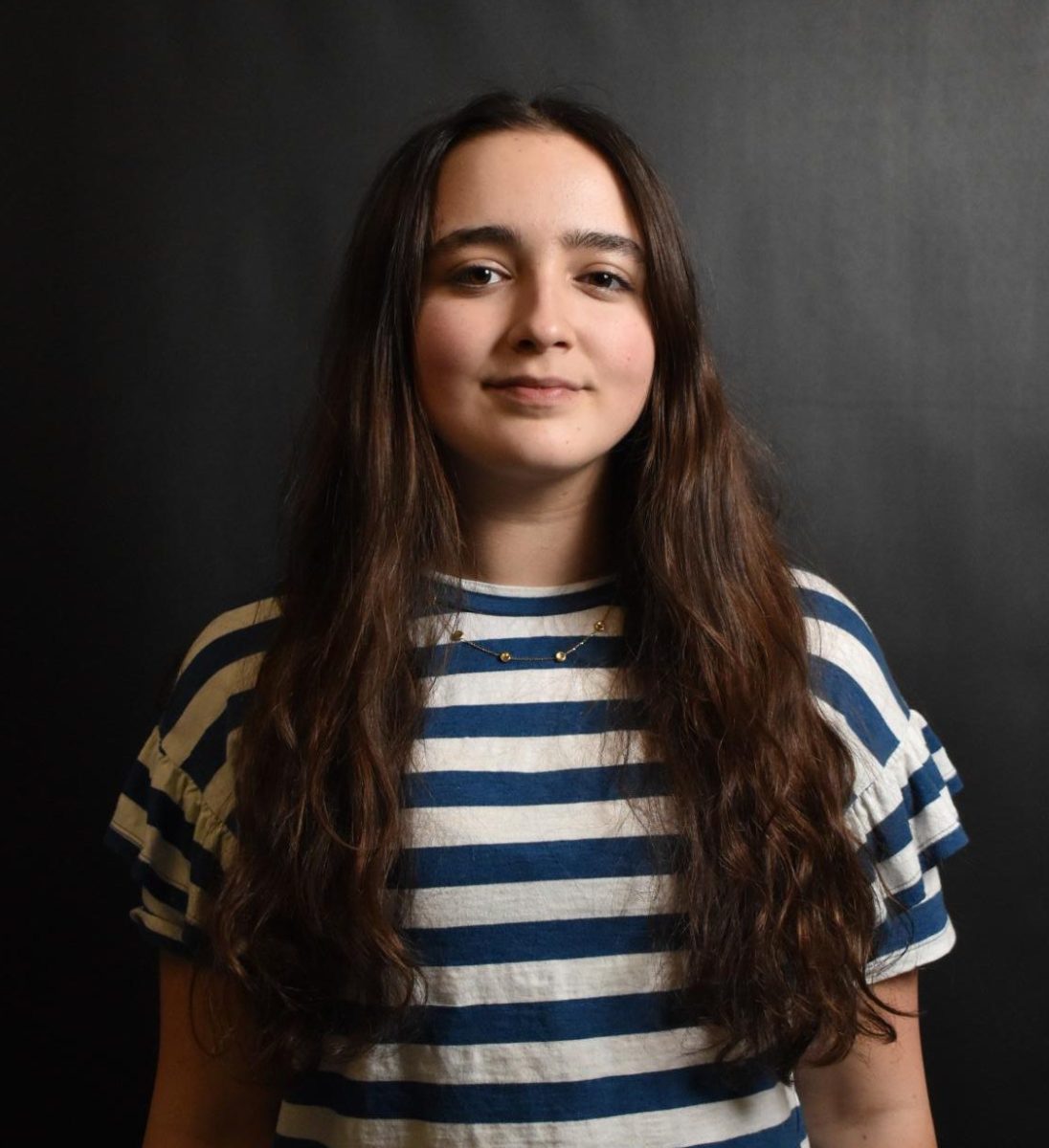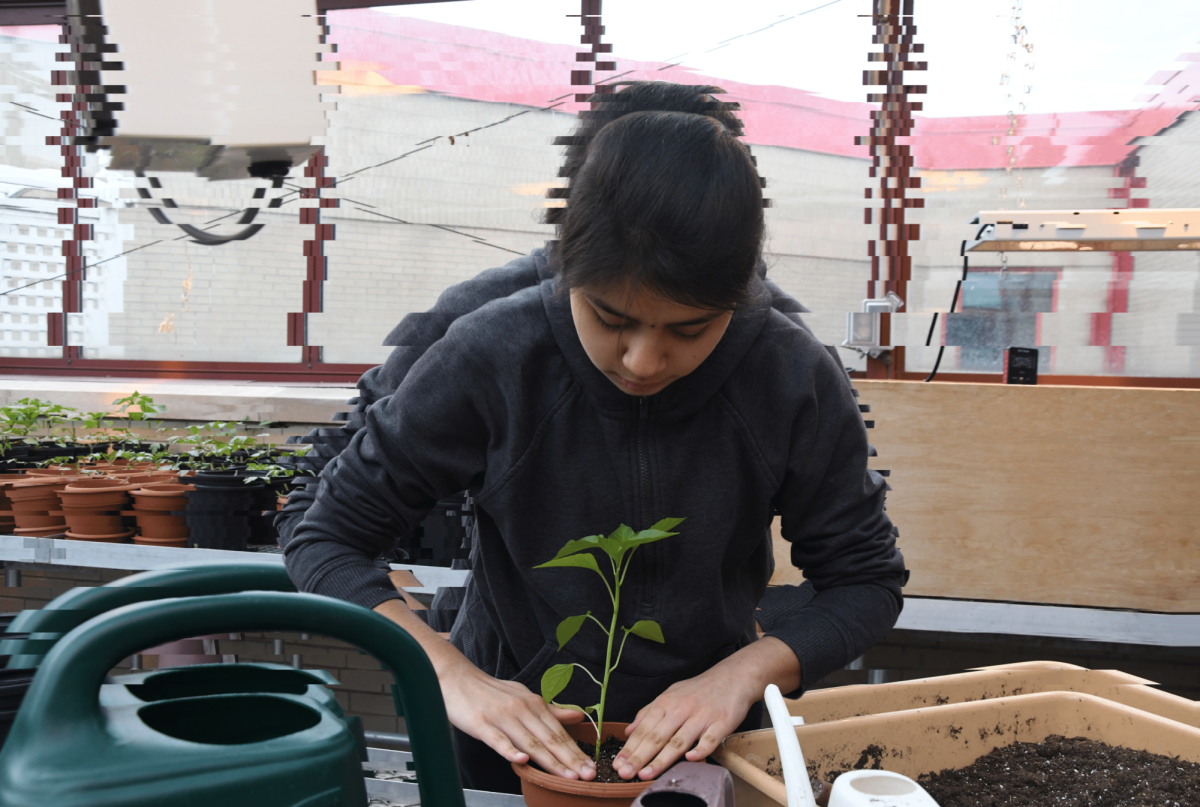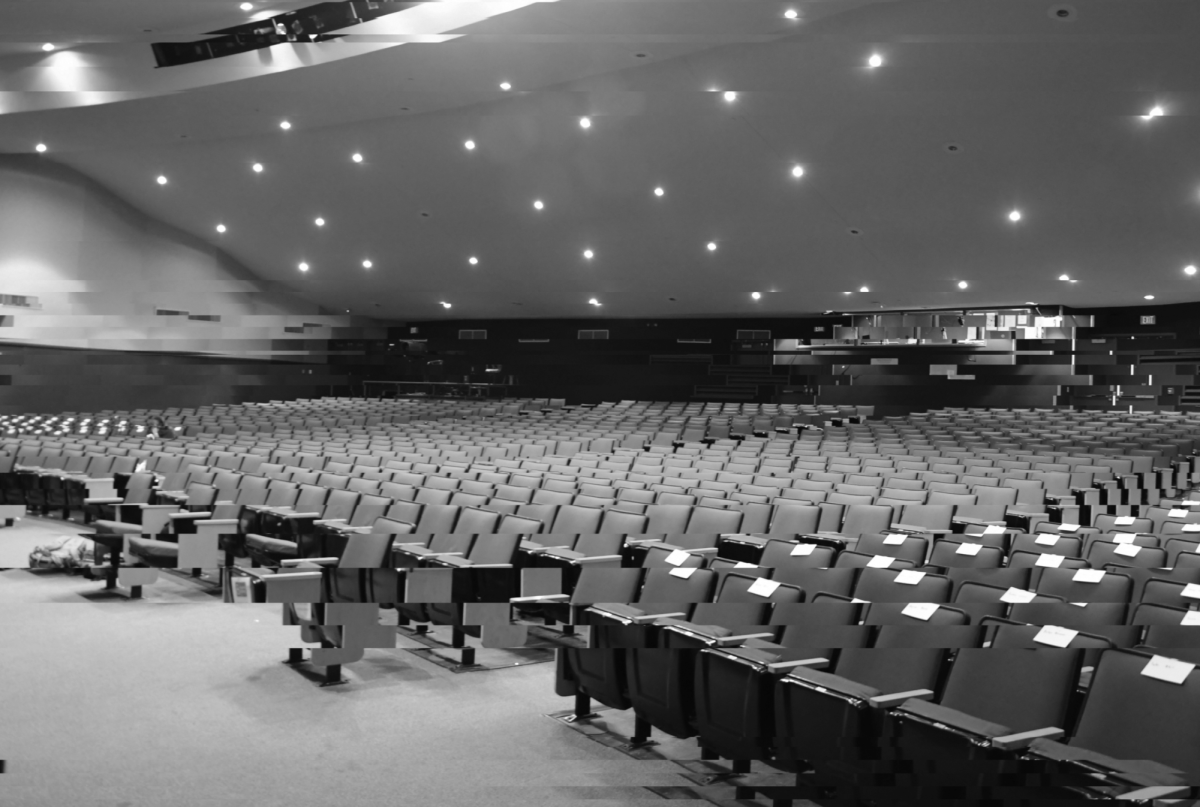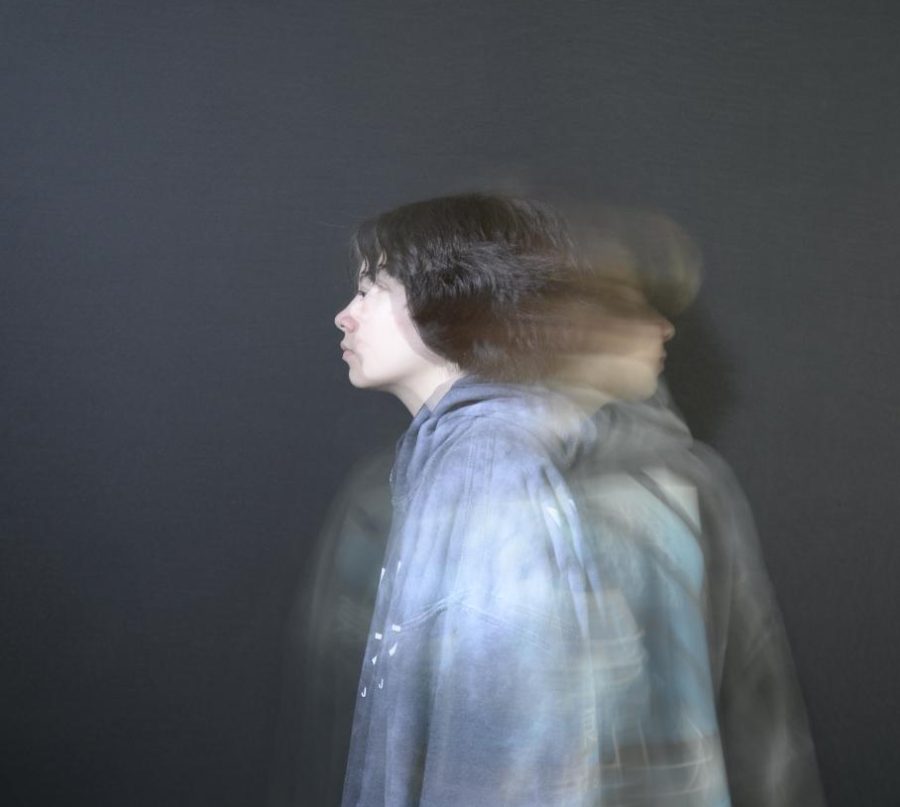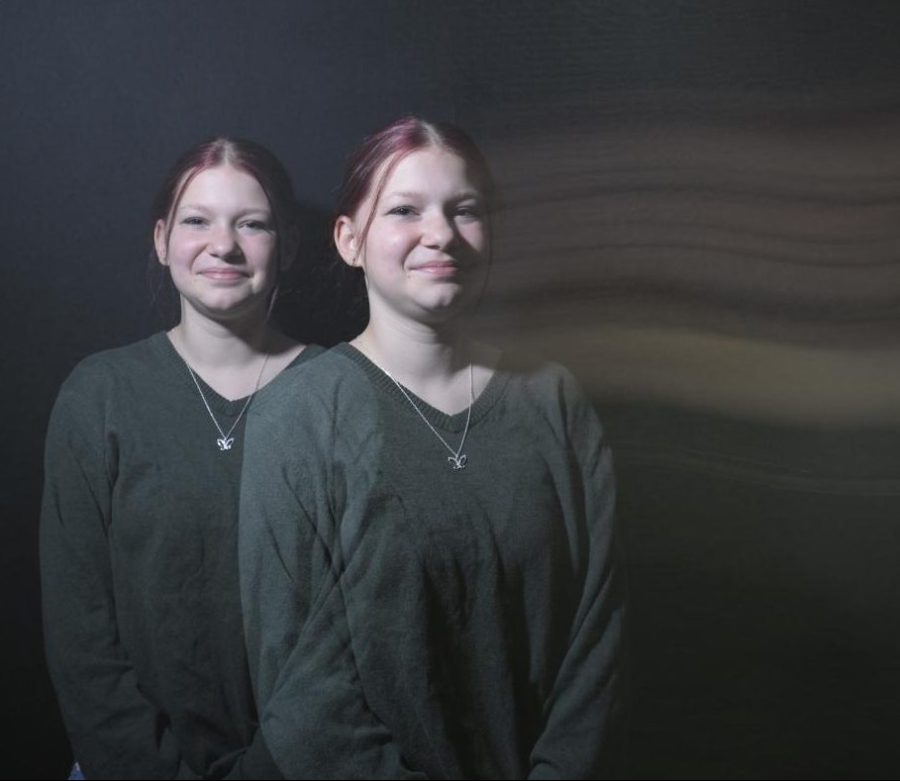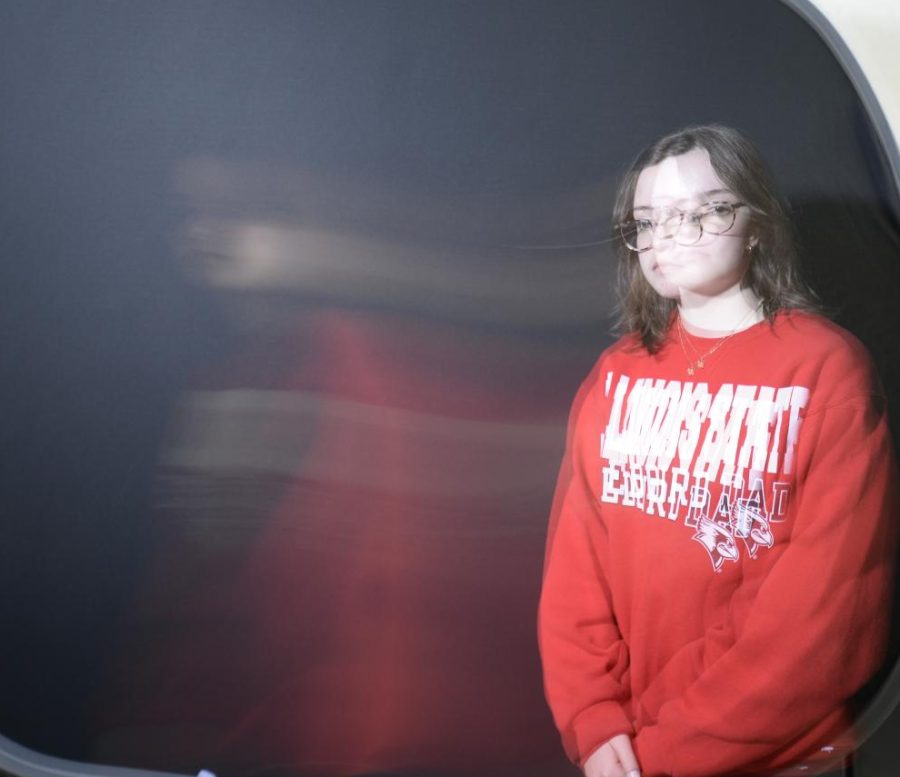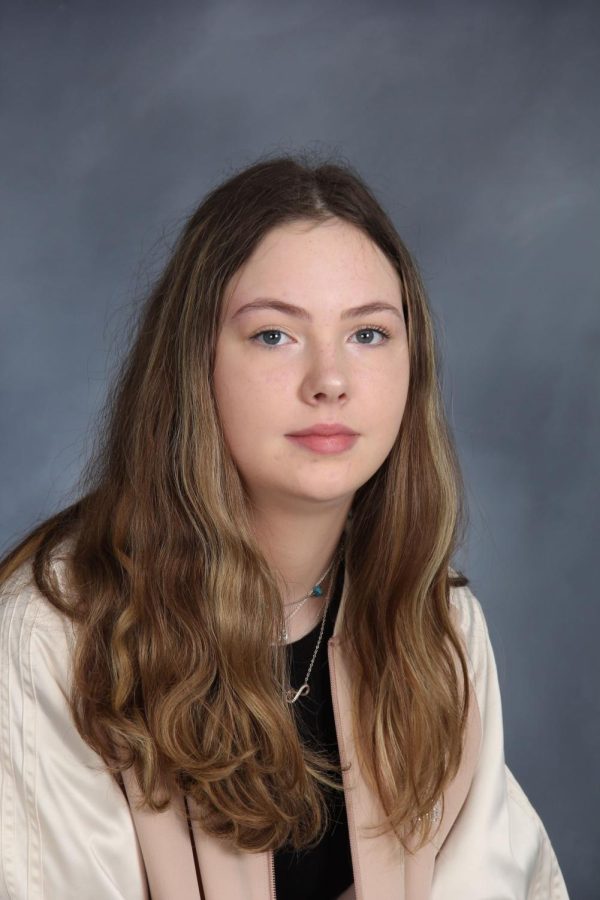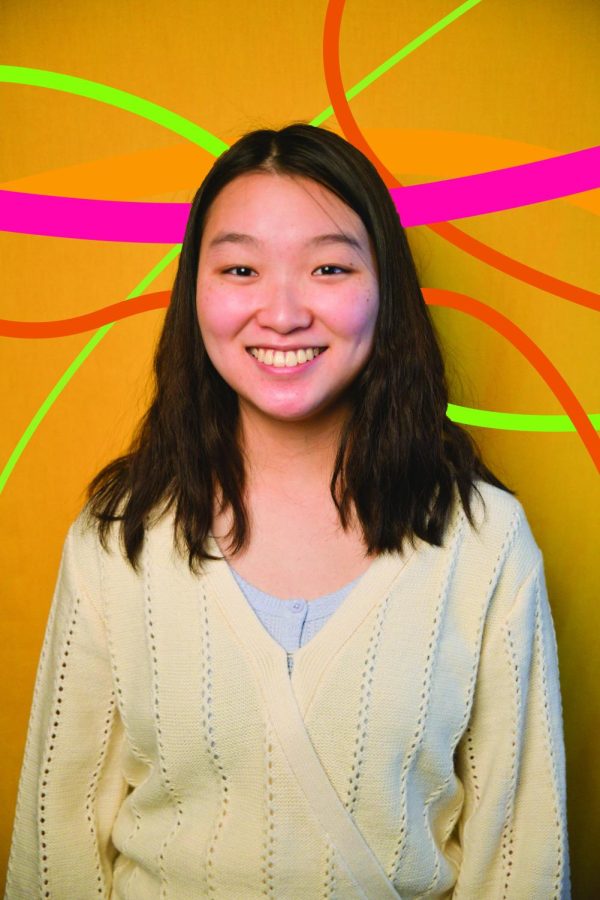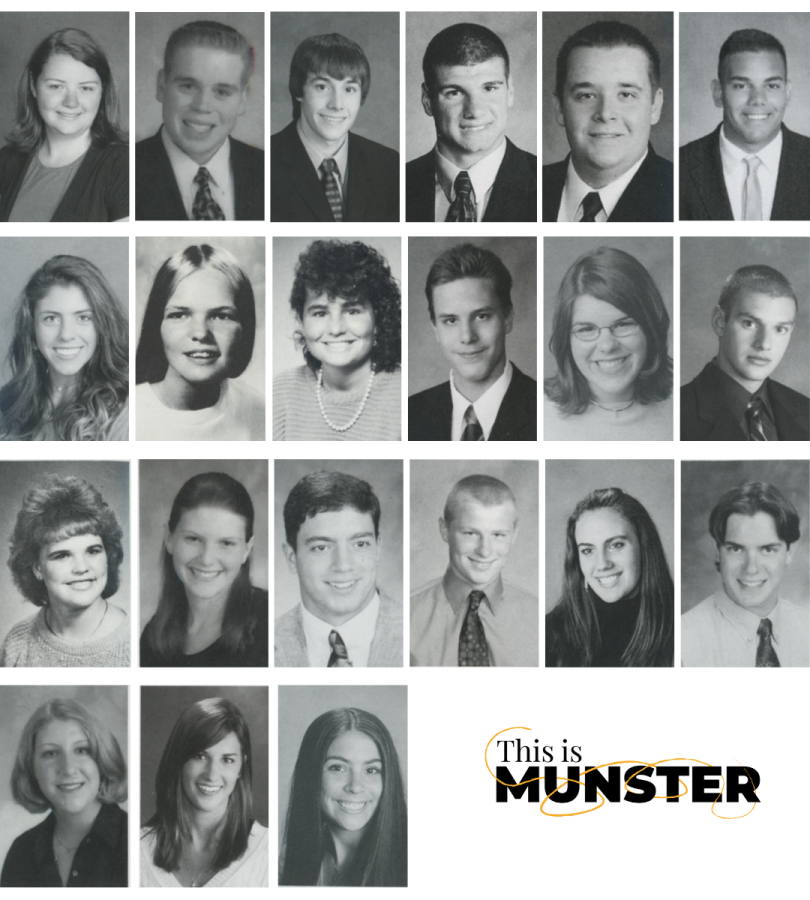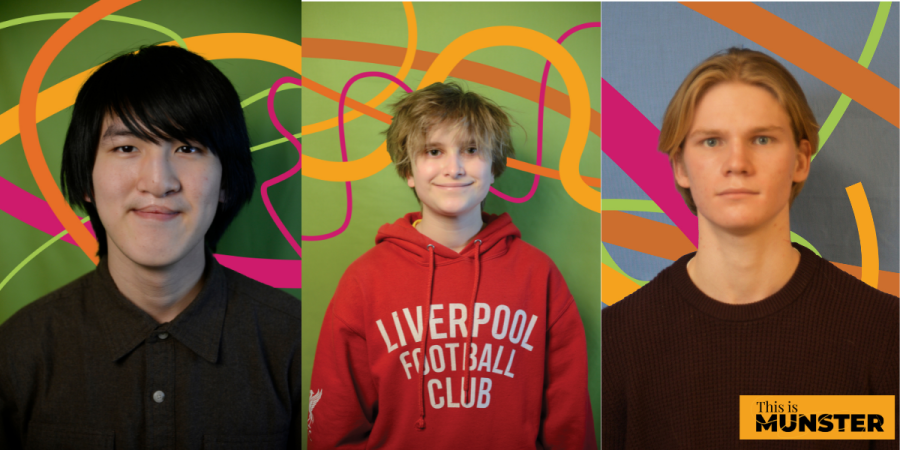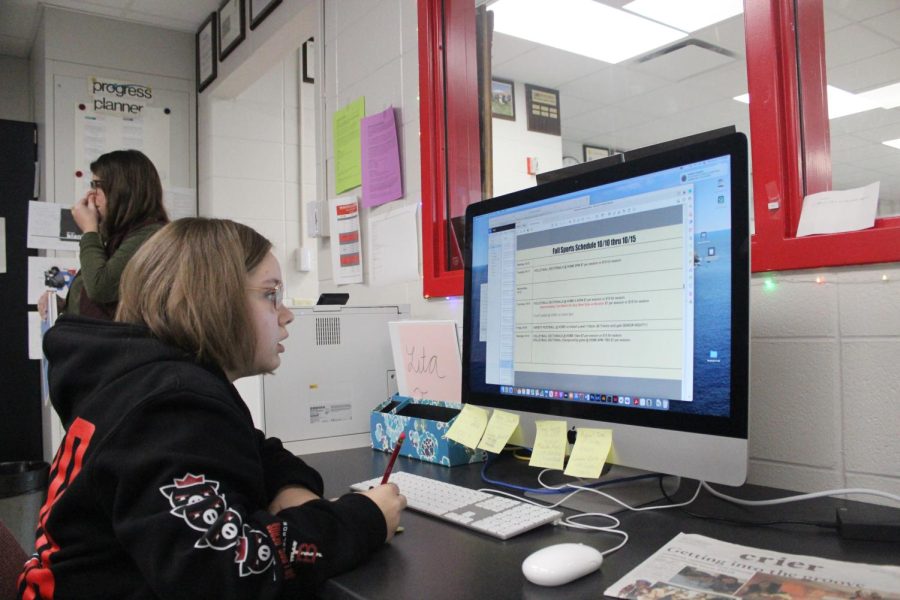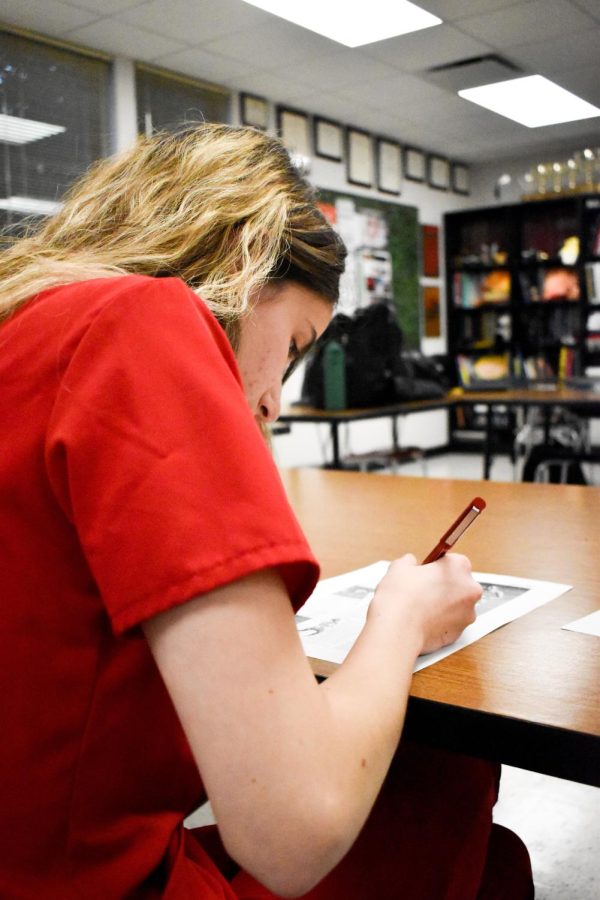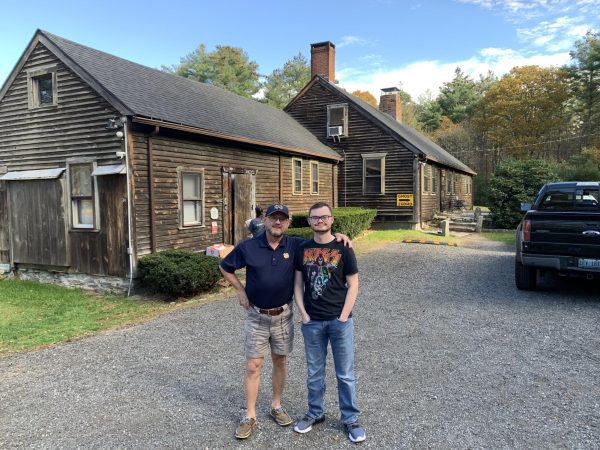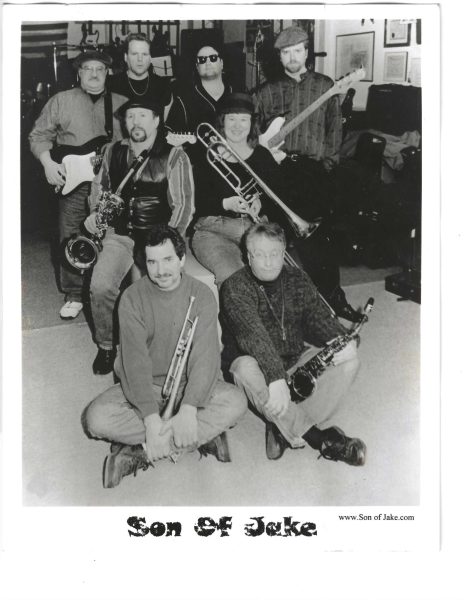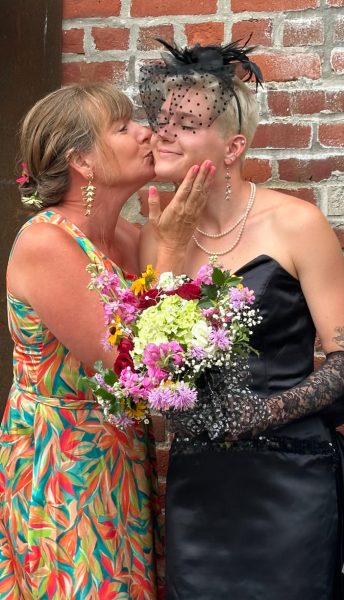Year in and year out: A look at how Paragon constructs the yearbook
Mac computers lined up on the tables. A strobe light set up facing a backdrop for photos. Mini lockers filled with various cameras and lenses—all things that students are immediately intrigued by after walking into publications adviser Ms. Sarah-Anne Lanman’s classroom. Nationally recognized as one of the best scholastic journalism programs, MHS’ publications consist of Crier, the newspaper, and Paragon, the yearbook. Approaching their first deadline Oct. 31, Paragon staffers will submit 22 pages for the yearbook that comes out in May.
Their main struggle so far has been time management with assignments and communication between photographers and writers.
“We end up thinking we have more time than we actually do, so sometimes not everything is done exactly on time,” Jaylyn Fassoth, junior, said. “It’s definitely something that will improve throughout the year, considering it’s only the first deadline and there are many new staffers this year, myself included.”
In order to start their coverage for the year, Paragon has to pick a theme for the yearbook that staffers feel represents the school year best. Yearbook staffers choose “Fill in the Blank” as the yearbook theme to capture the sense of uncertainty about recent school years in comparison to this year—this year feels more random. Over the past two weeks, yearbook staffers have been asking students to fill in the blank in the sentence ‘I’m ___,’ so these responses can be published in the yearbook. According to Ms. Lanman, Paragon’s goal every year is to cover as much of the student body as possible, and staff believes this is a great way to talk to everyone.
“I think handwriting is such a unique thing about a person,” Lita Cleary, senior and Paragon editor-in-chief, said. “It distinguishes personality, so I love the idea of including handwriting in the yearbook.”
Although staff assignments are determined by which prerequisite class was completed, Journalism I or Photography, all staffers design the yearbook spreads, or each page of the yearbook. Starting with a blank eDesign document, they create the spreads taking into consideration what is visually appealing and helpful to the reader. Photographers capture various sports, clubs and school events throughout the year, while journalists write the corresponding stories. Writers also tap into the more emotional or personal side of each school year, such as larger world events and how it affected MHS students, in sections called student life.
“When I first joined the yearbook as a freshman, I felt like I found my kind of people,” Gia Cvitkovich, senior, said. “I love taking photos and seeing my name on the pages and getting complimented for it. It’s a huge responsibility and will drive you crazy, but it’s all worth it in the end when you see what you have created.”
Along with the repeated sections such as student portraits, clubs and sports, Paragon aims to capture what it is like to be a student at MHS both inside and outside of school and include as much student voice as possible. In Ms. Lanman’s words, Paragon has to evaluate what a student 20 years in the future would consider important when looking in their high school yearbook. Staffers have to put themselves in the mindset that they are capturing history, not just what is currently happening, like Crier’s coverage.
“The process of it is terrifying and exciting at the same time,” Lita said. “But I’m most excited to get the book, have it in my hands and be able to say ‘Wow, I did this.’ It’s going to be amazing.”
On the drawing board
A brief outline of how Crier creates each issue
Hello! I am Lauren and I am editor-in-chief this year. Along with this being my third year on Crier staff, I am involved in Student Government, National...

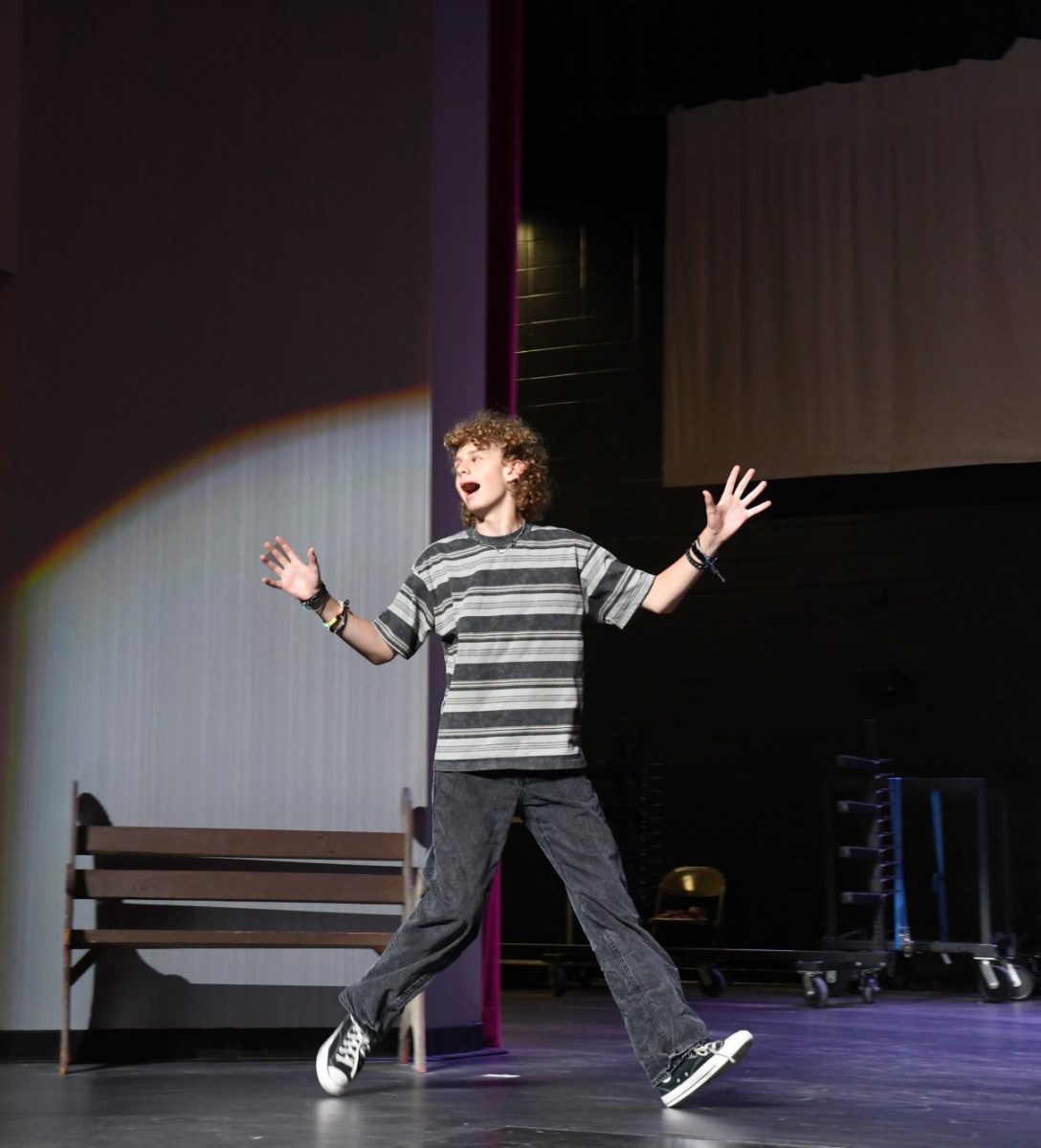


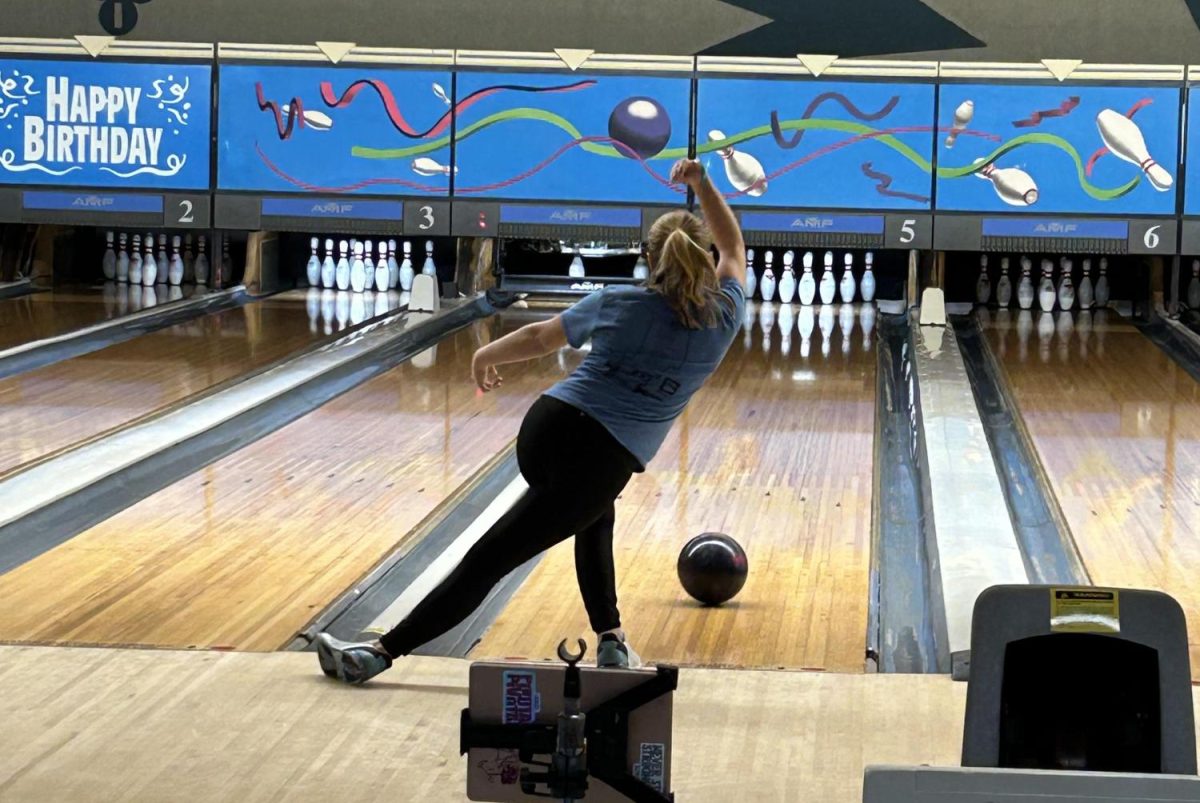
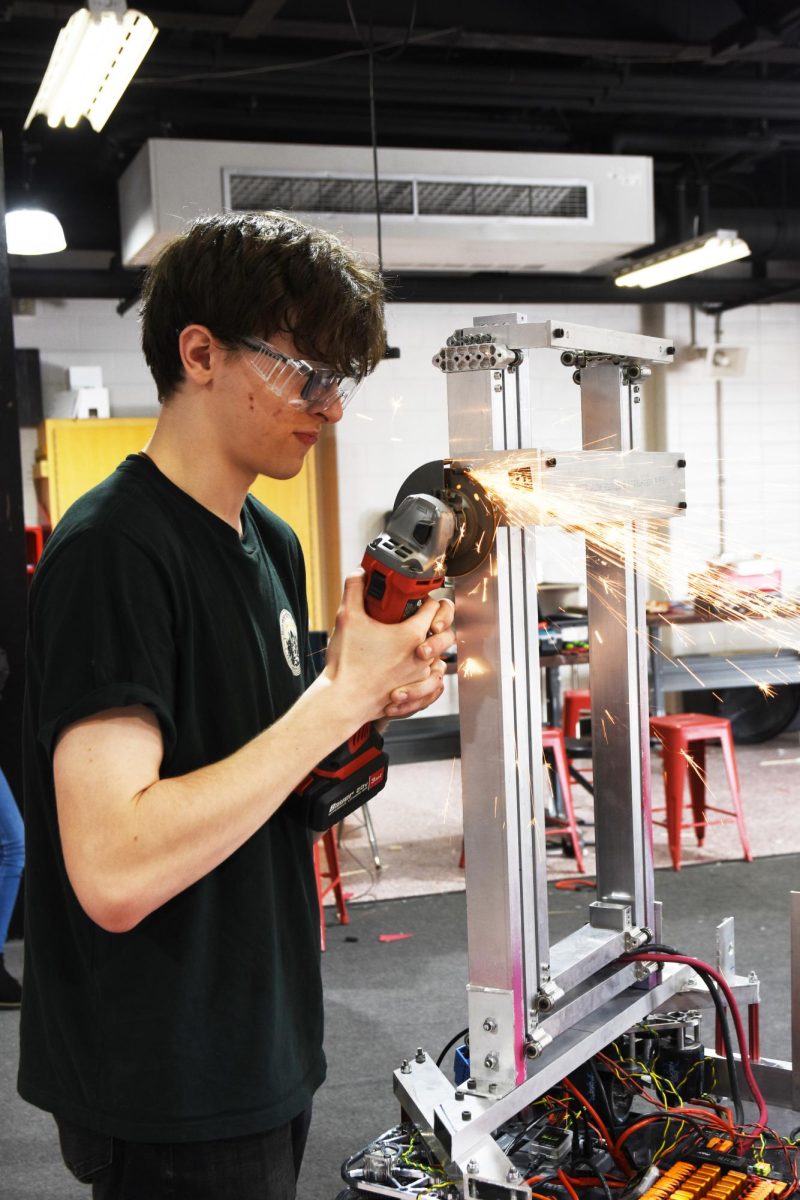


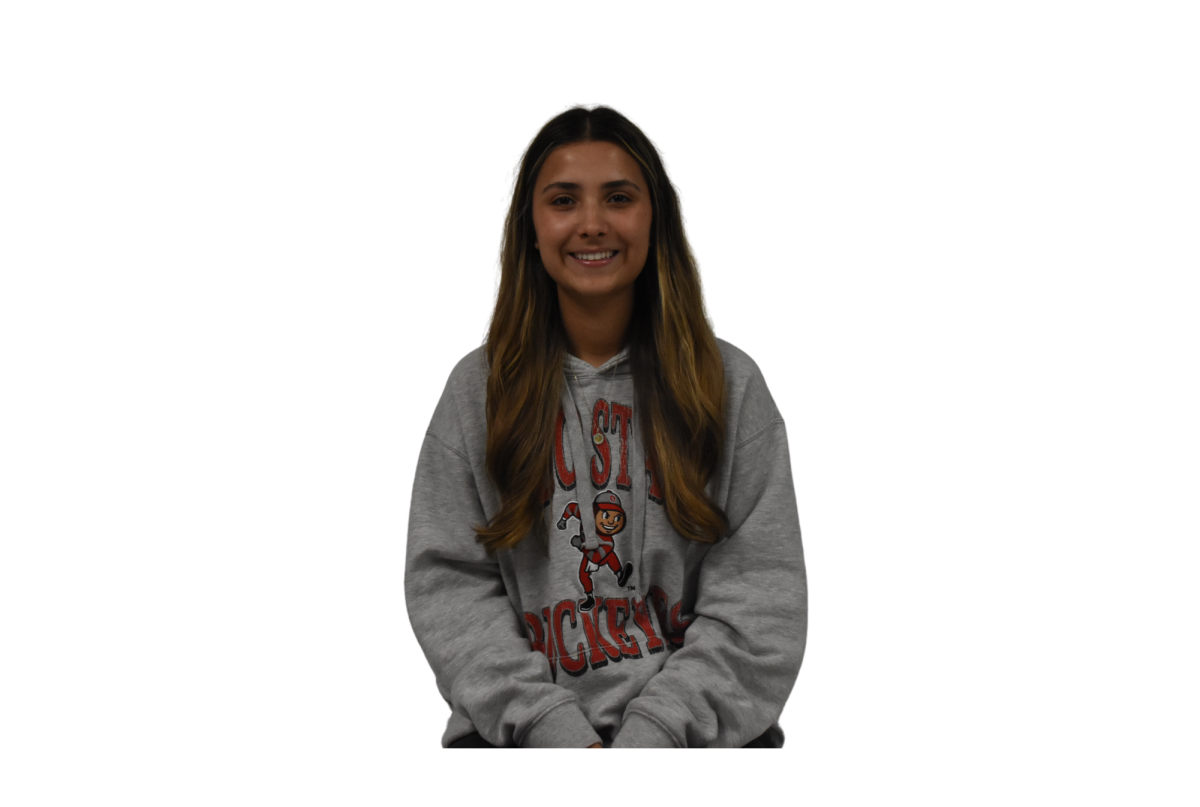

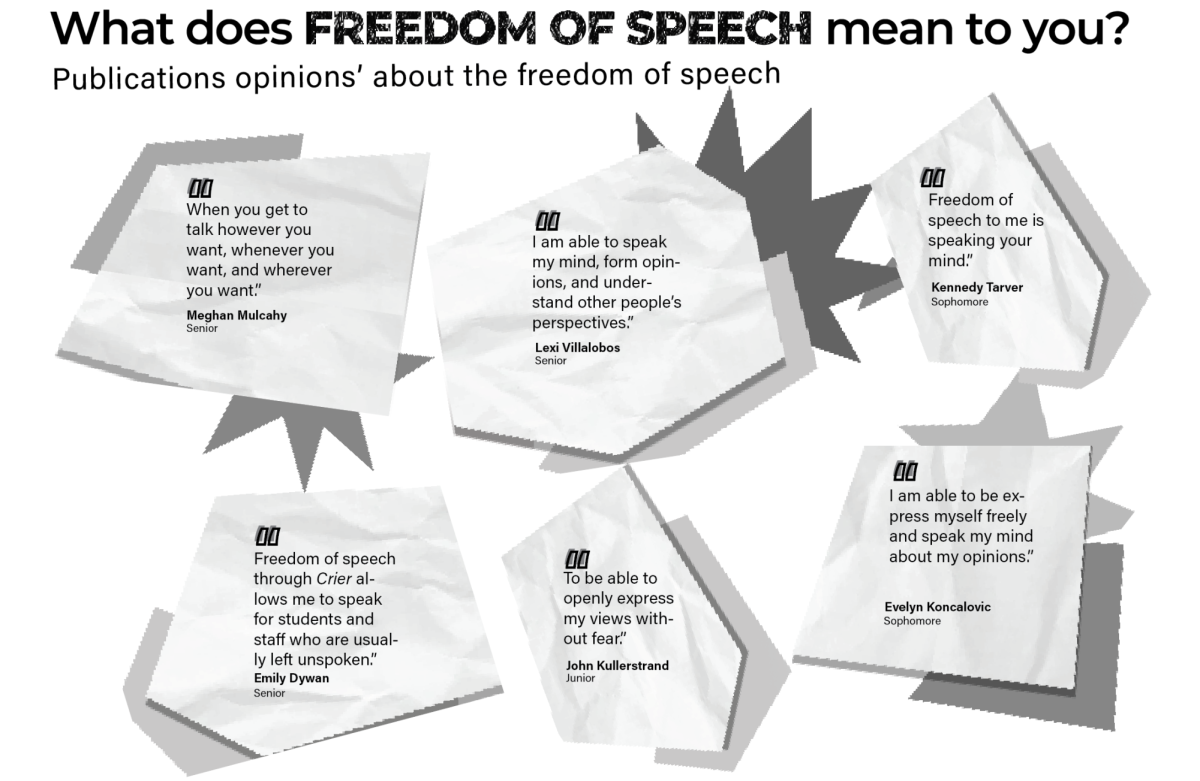
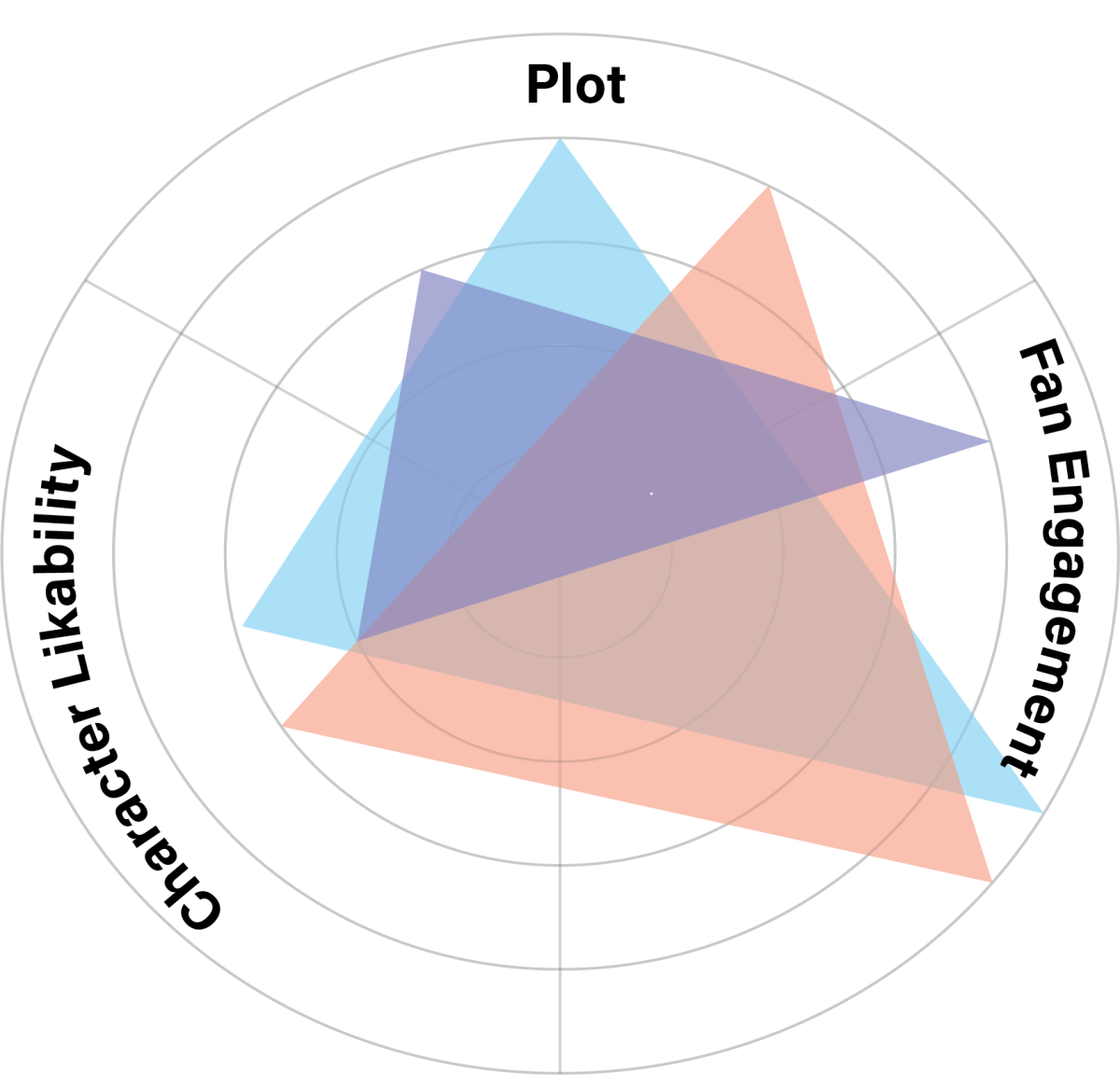

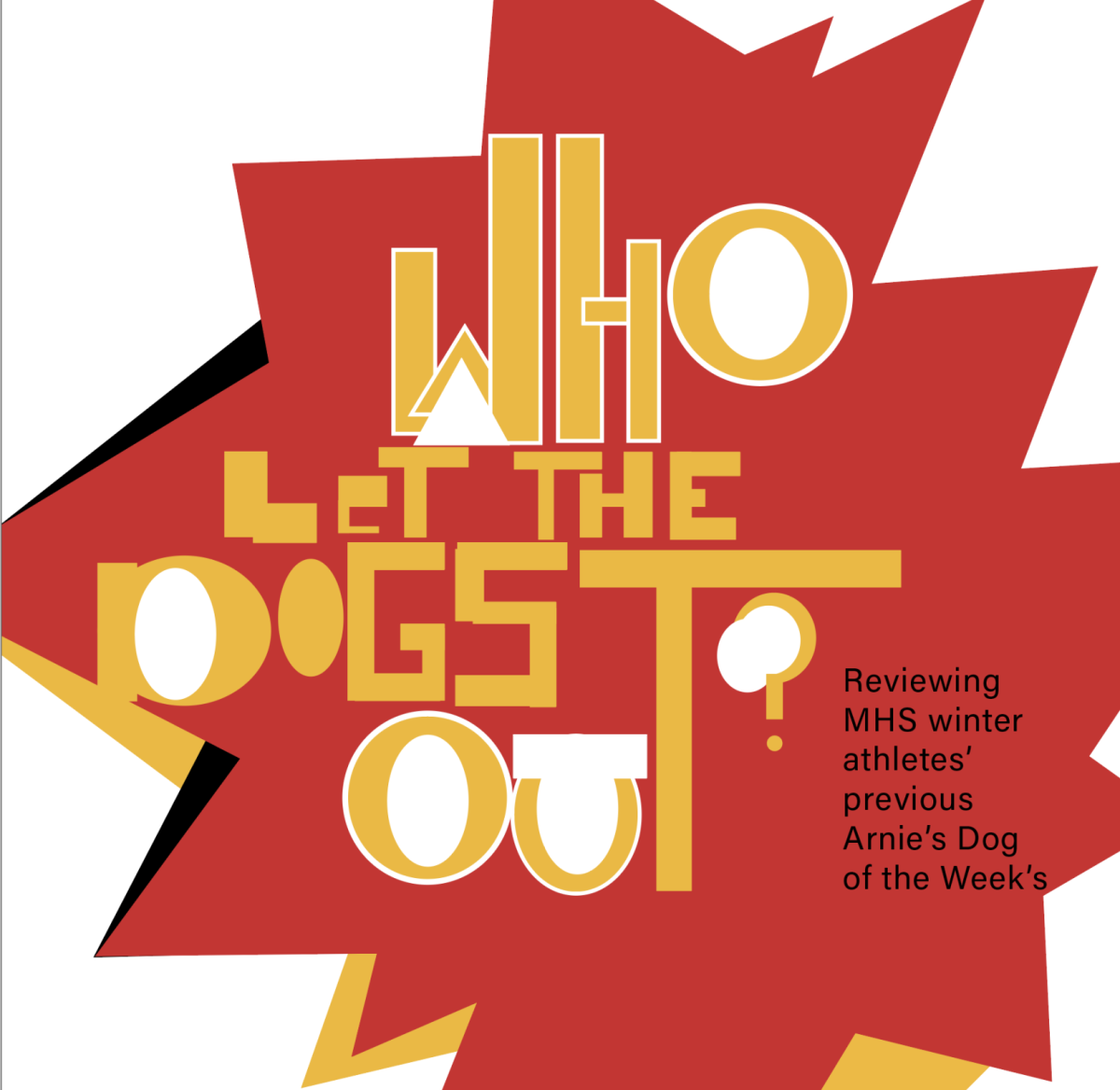
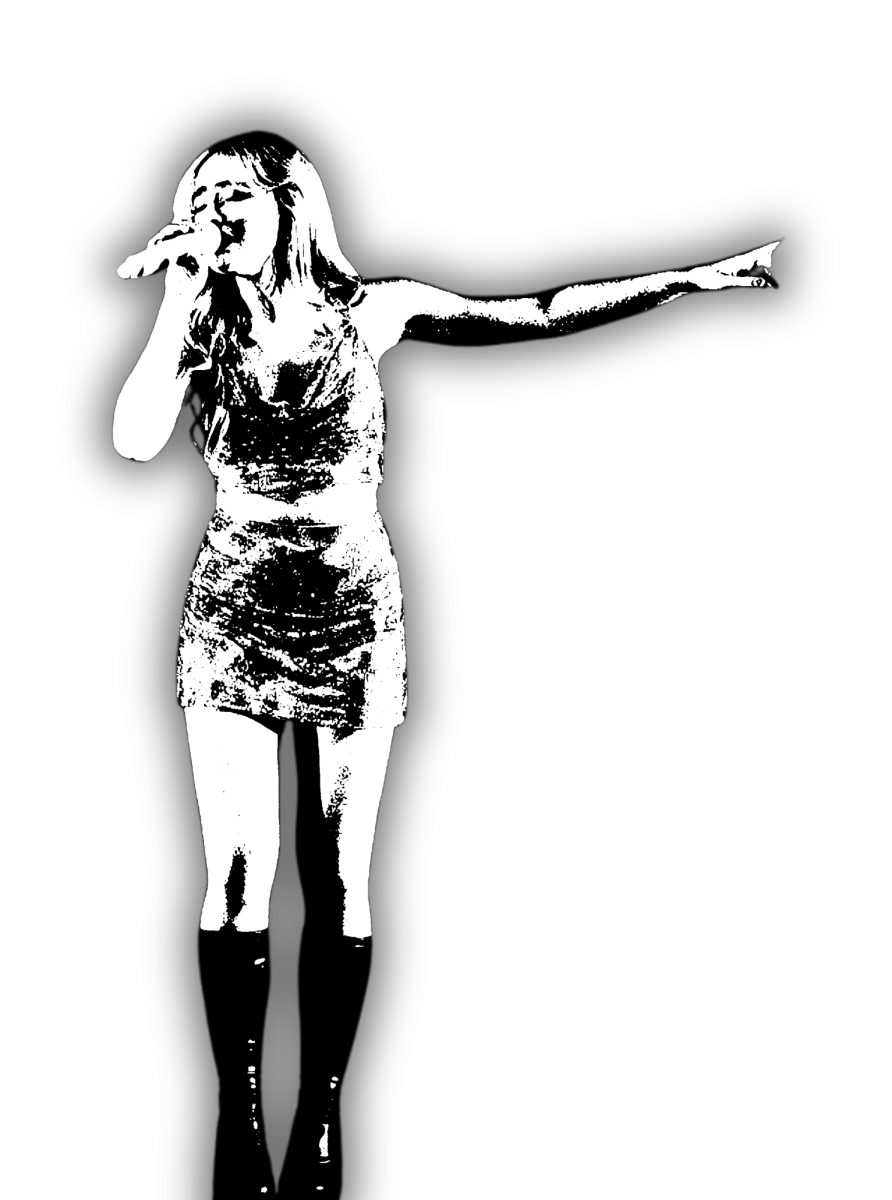
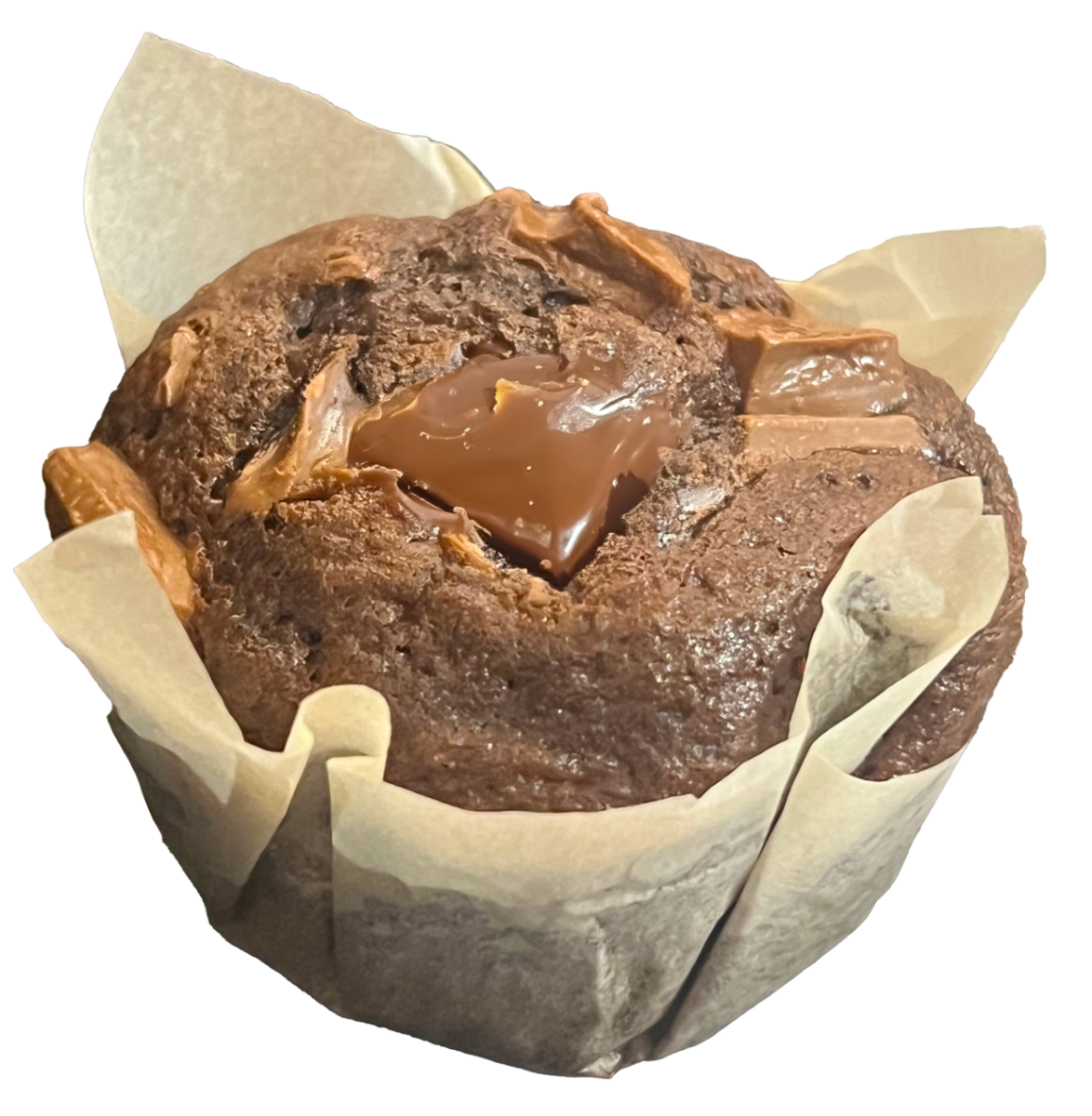
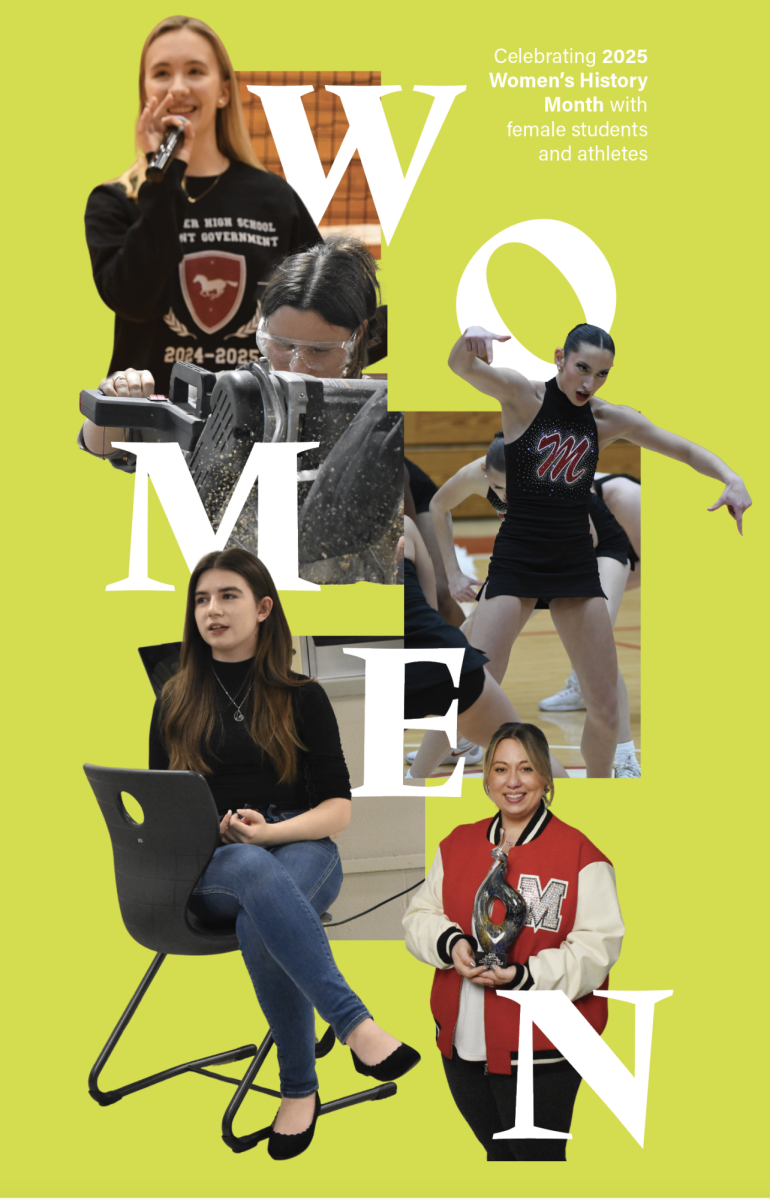

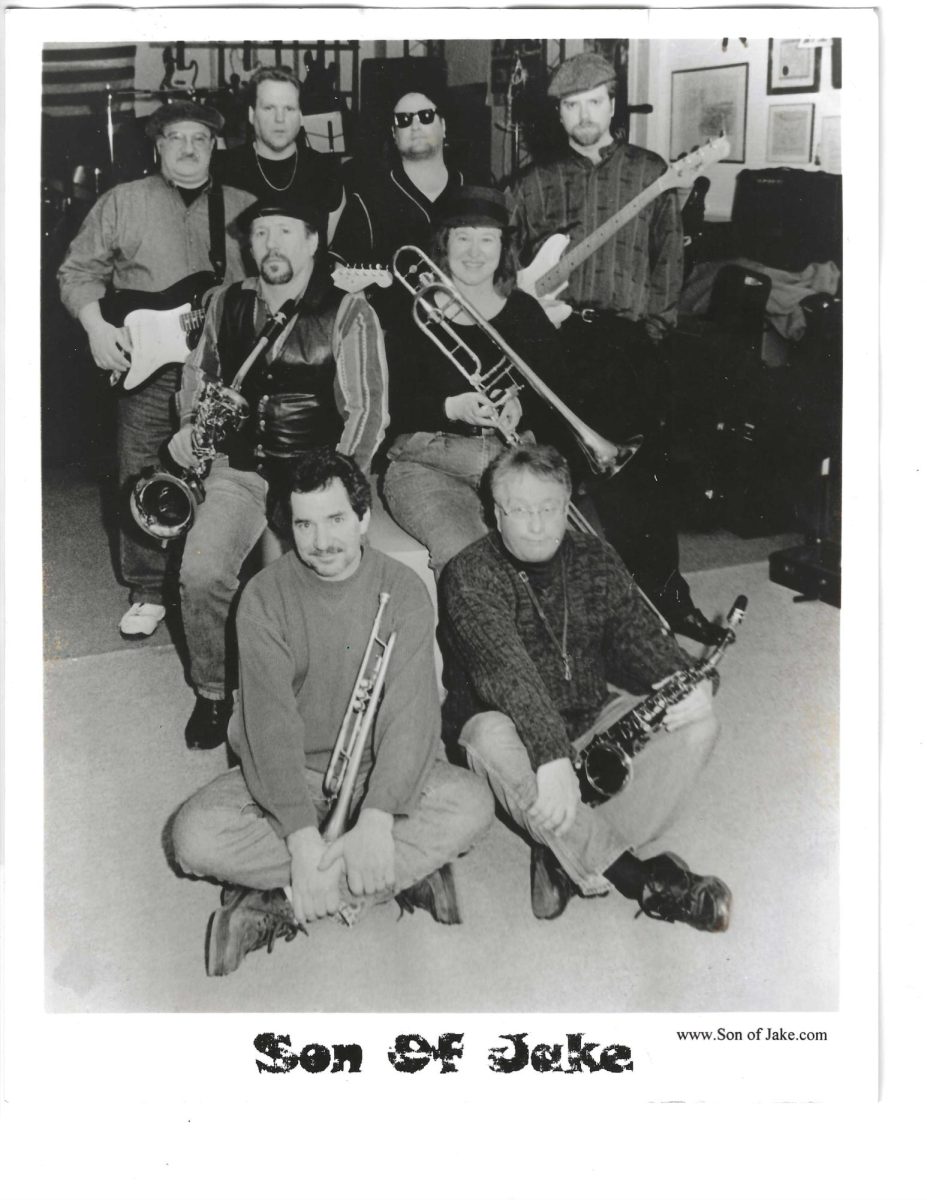
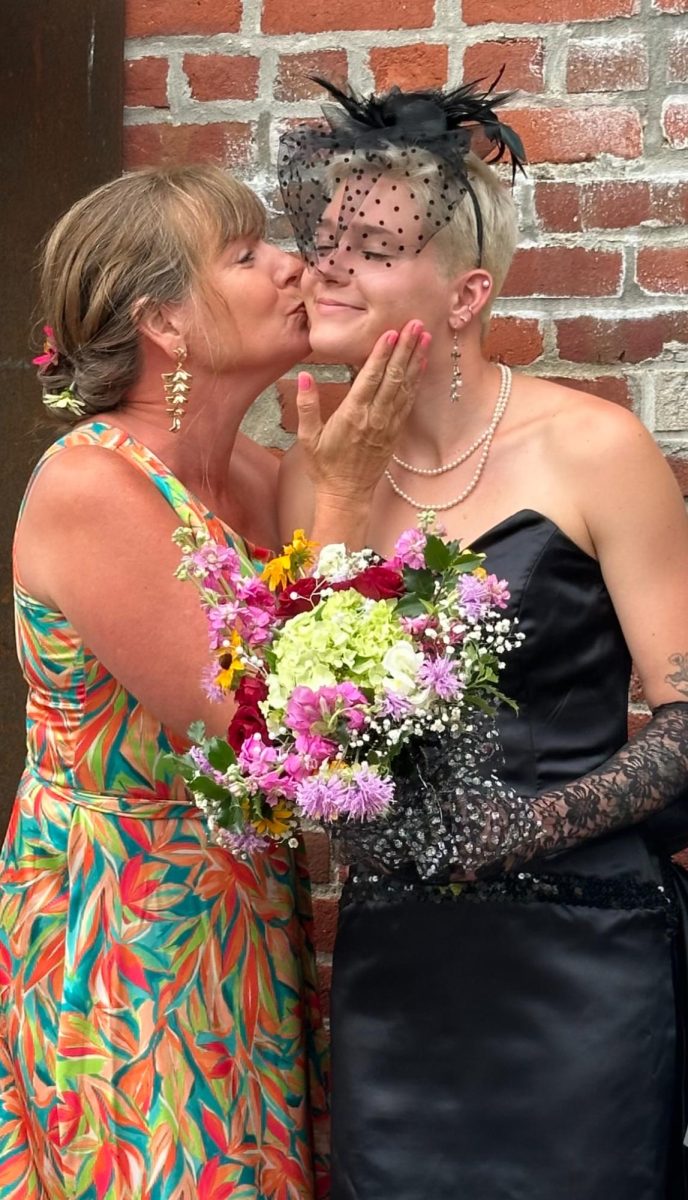
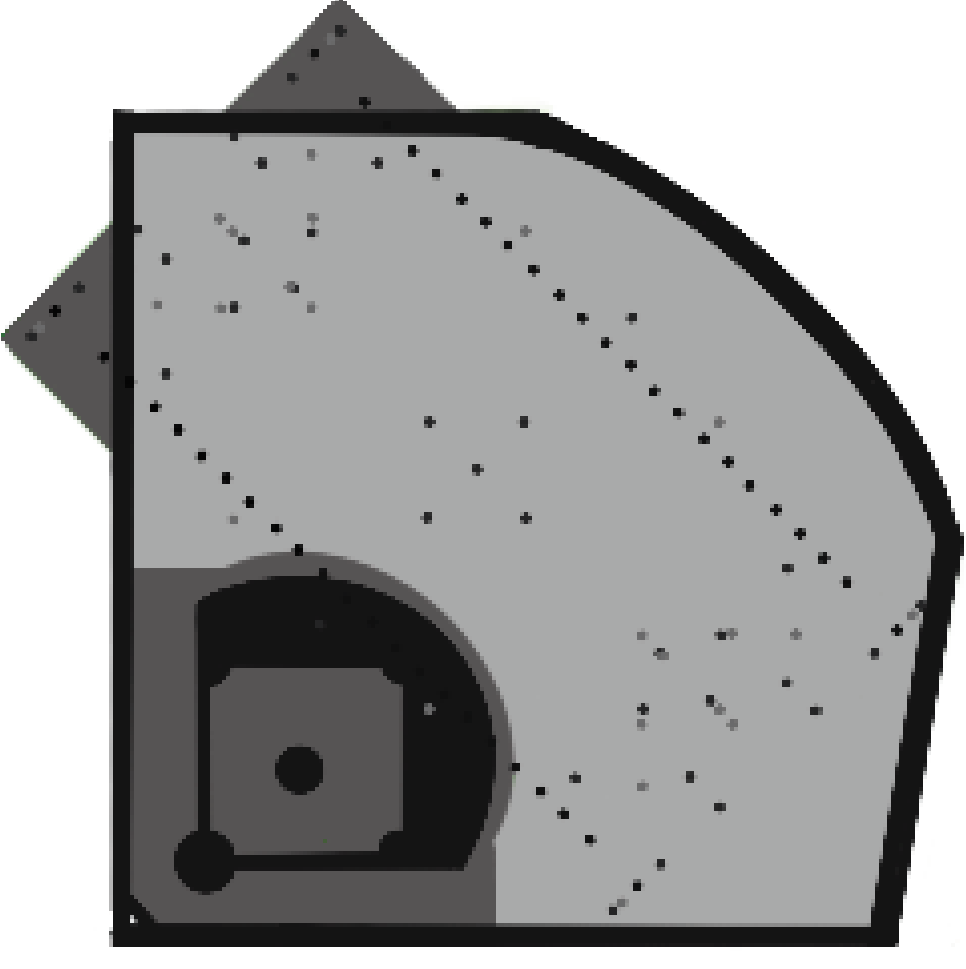
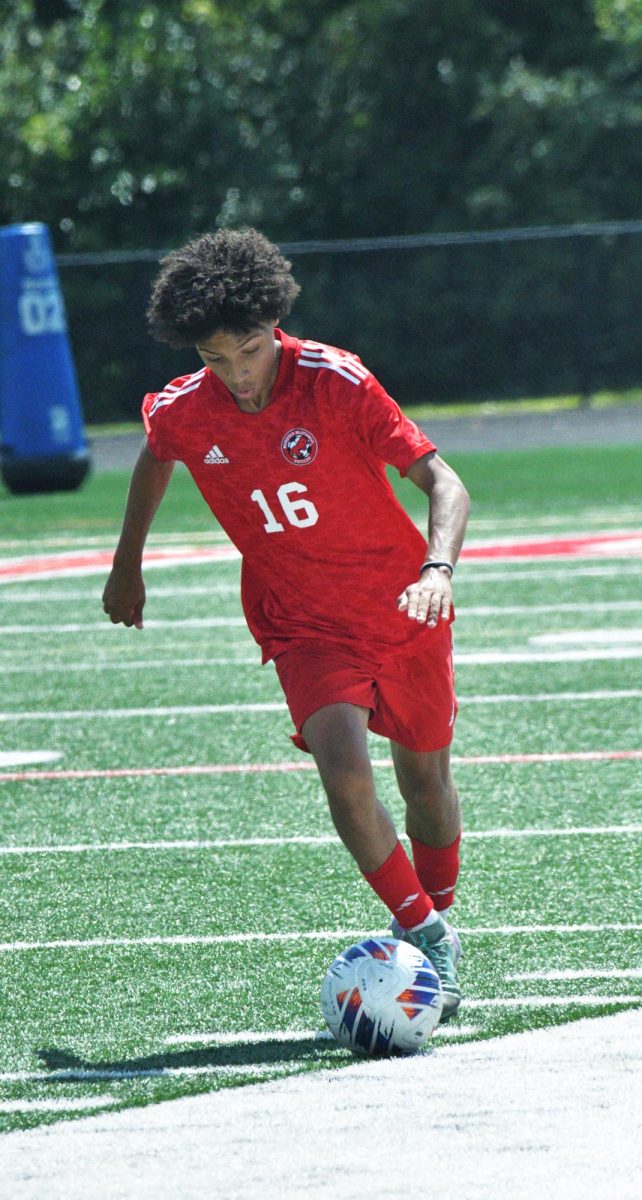
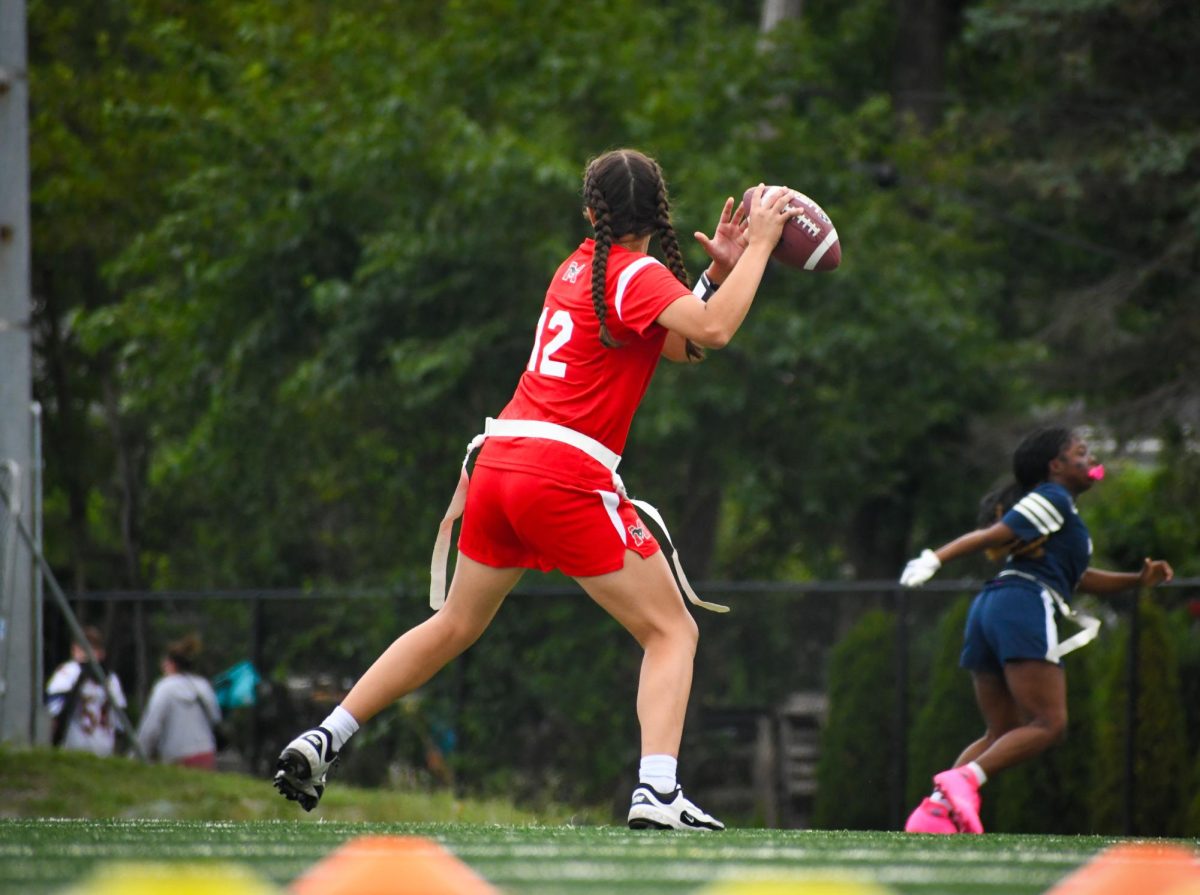
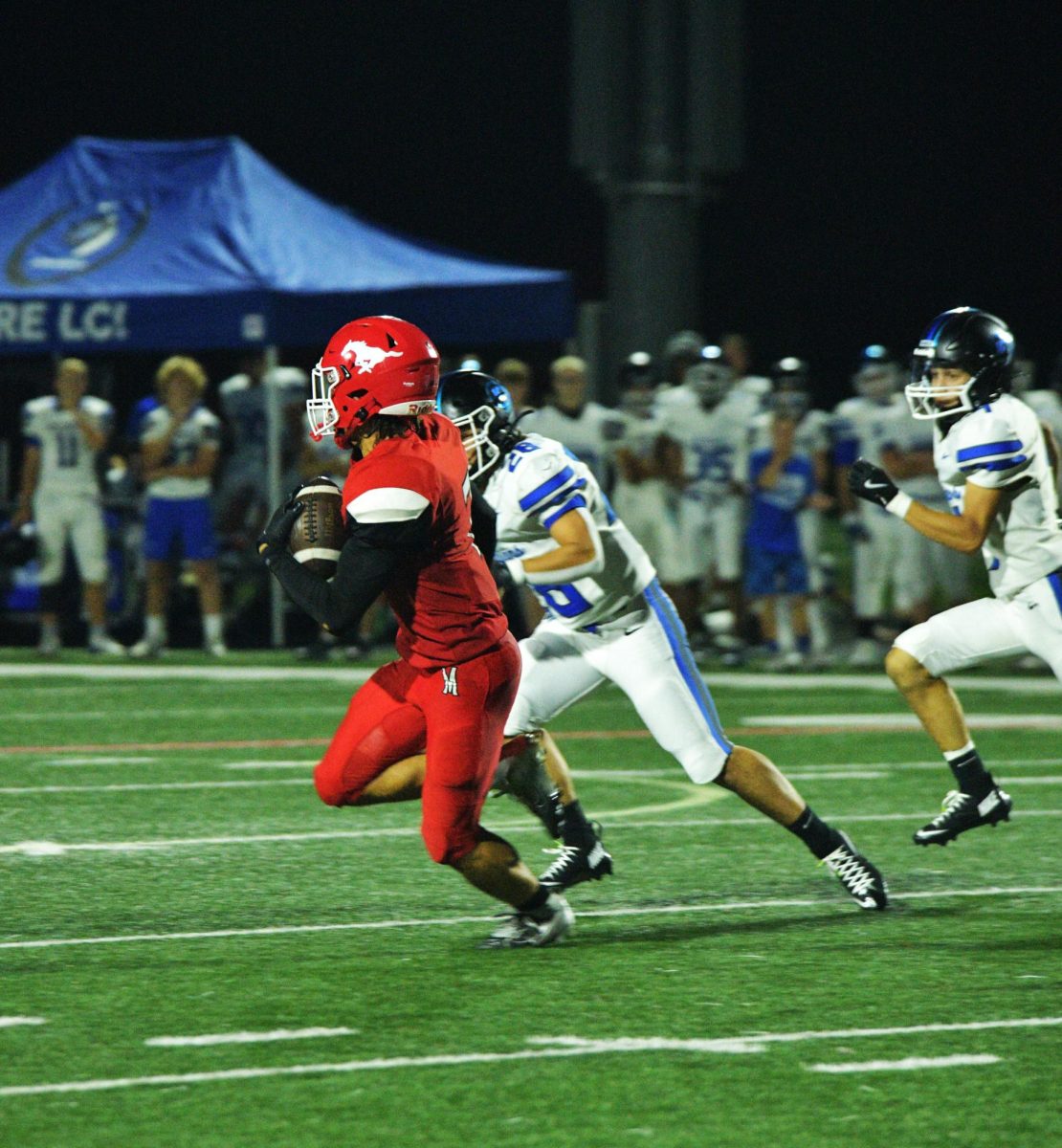
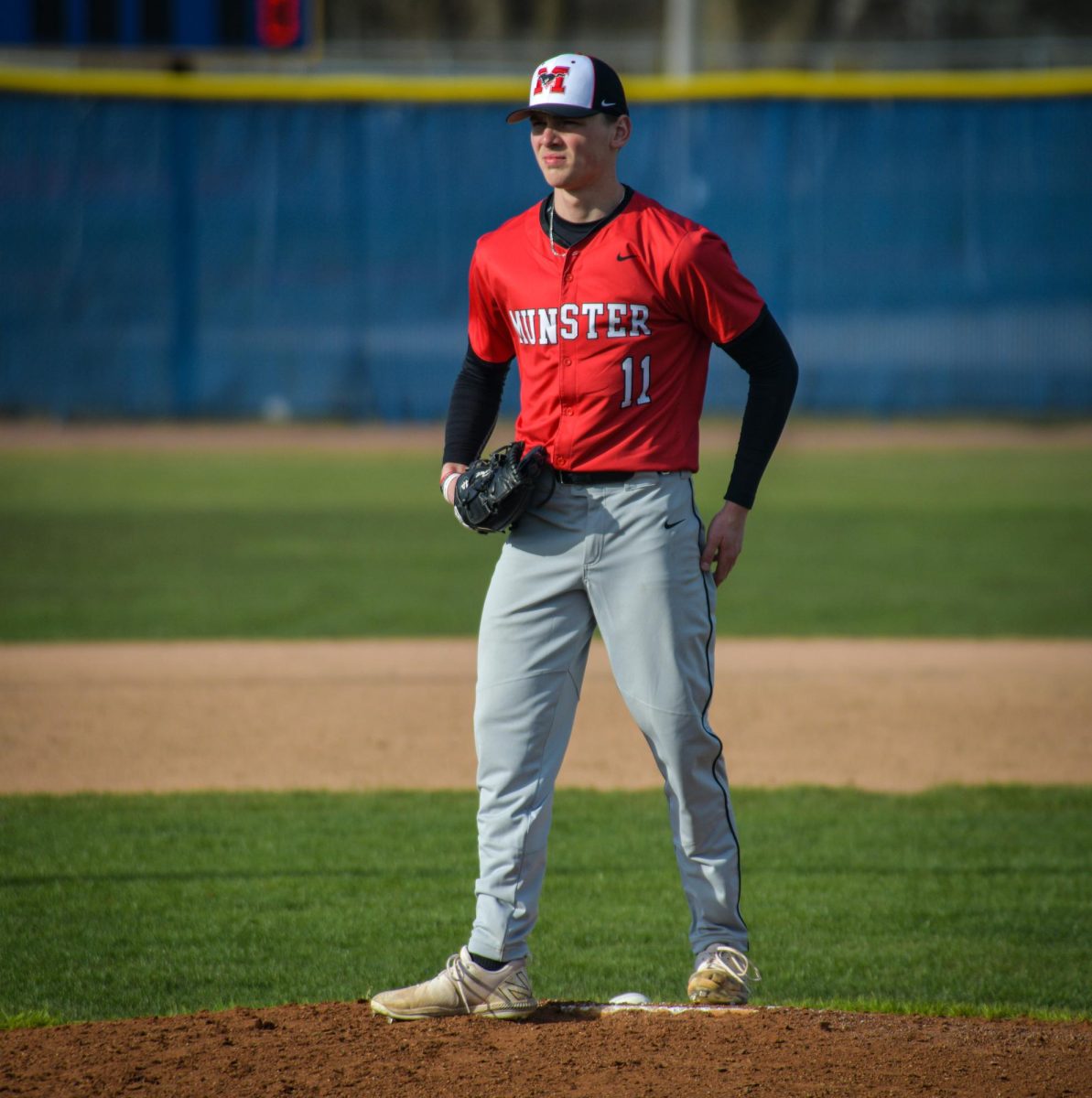
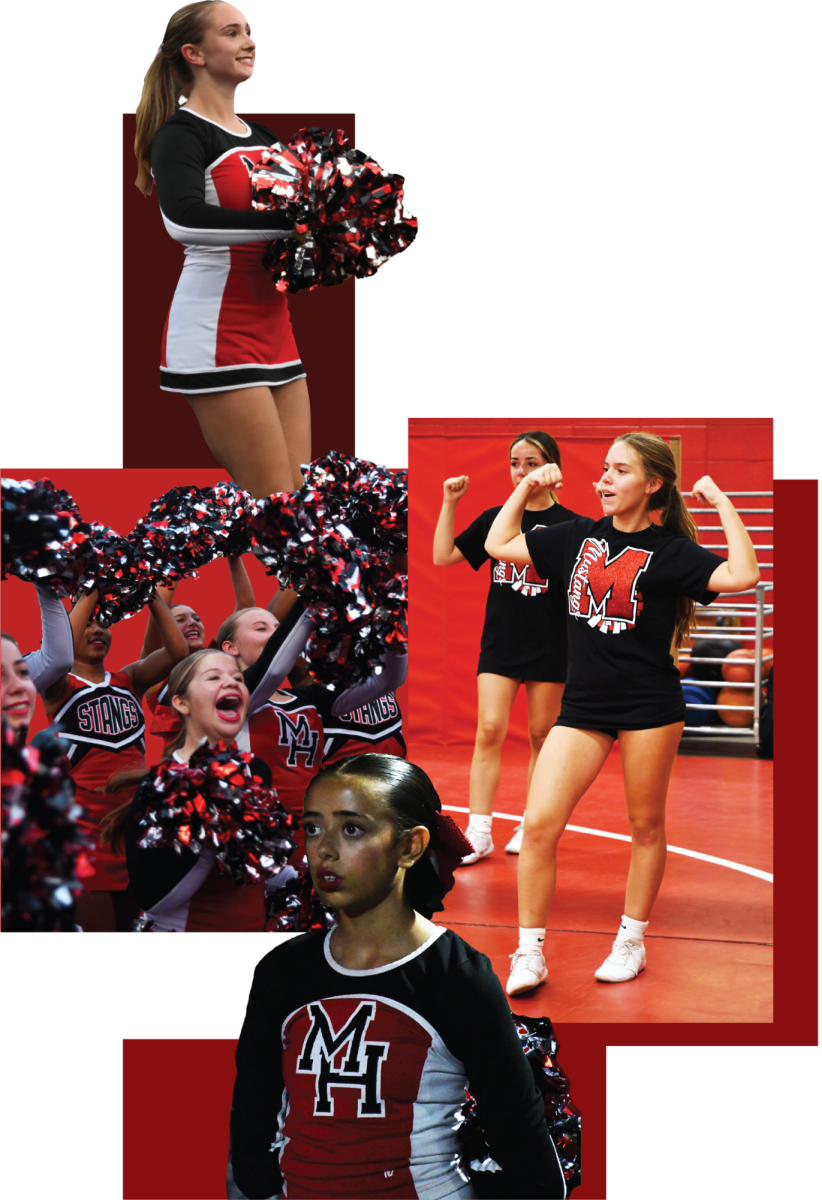
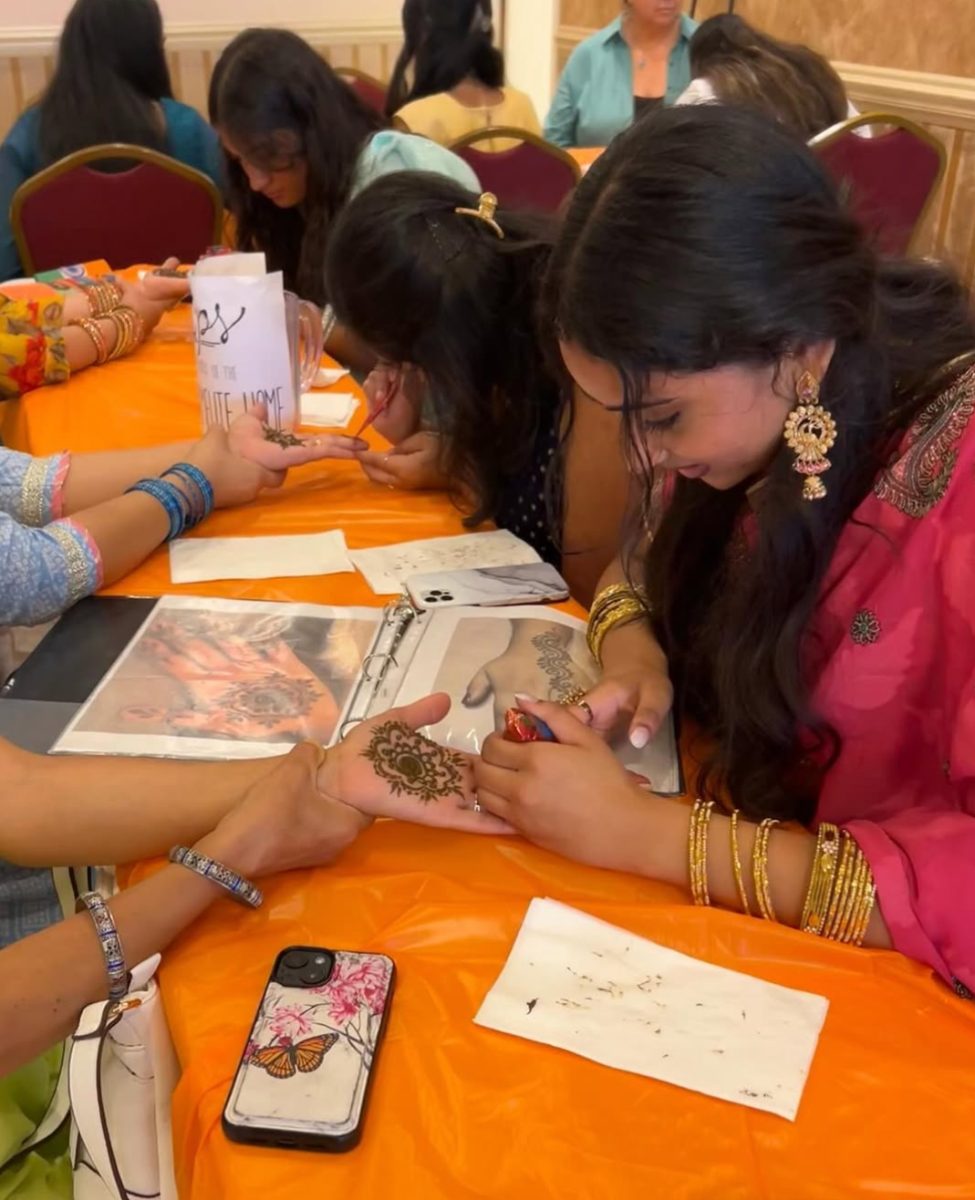
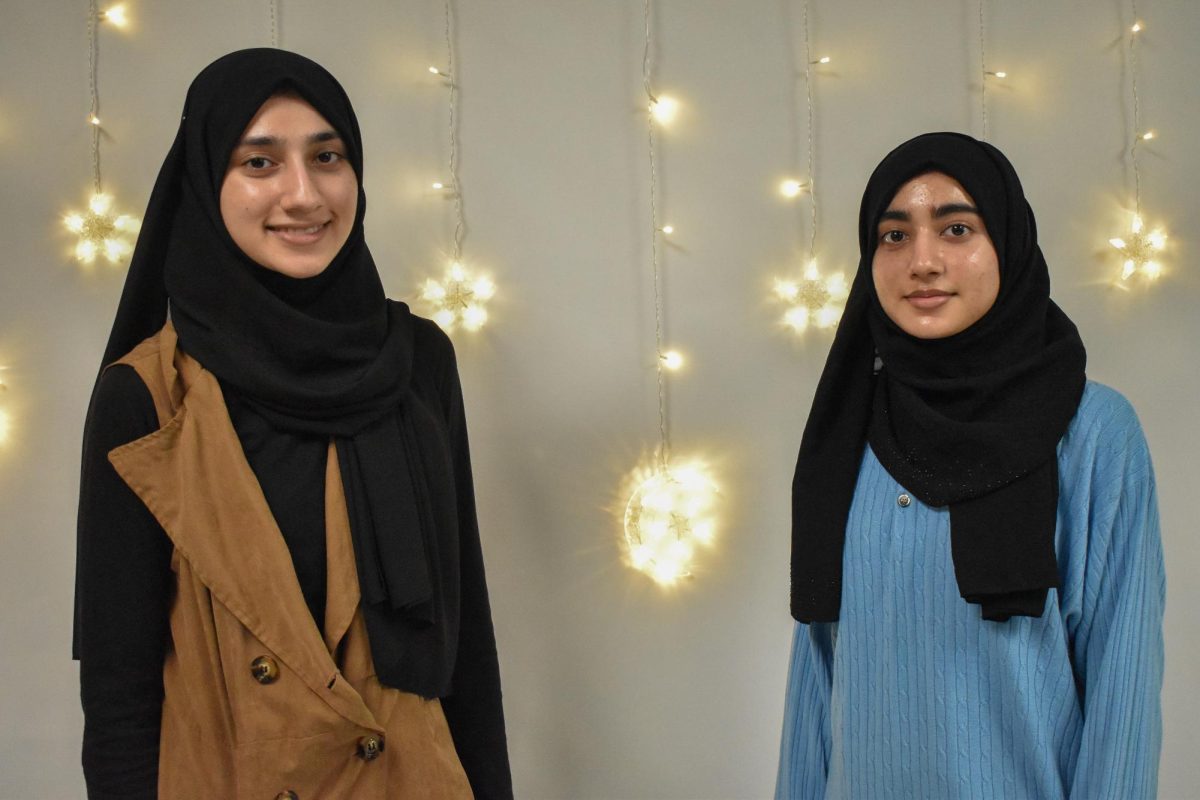
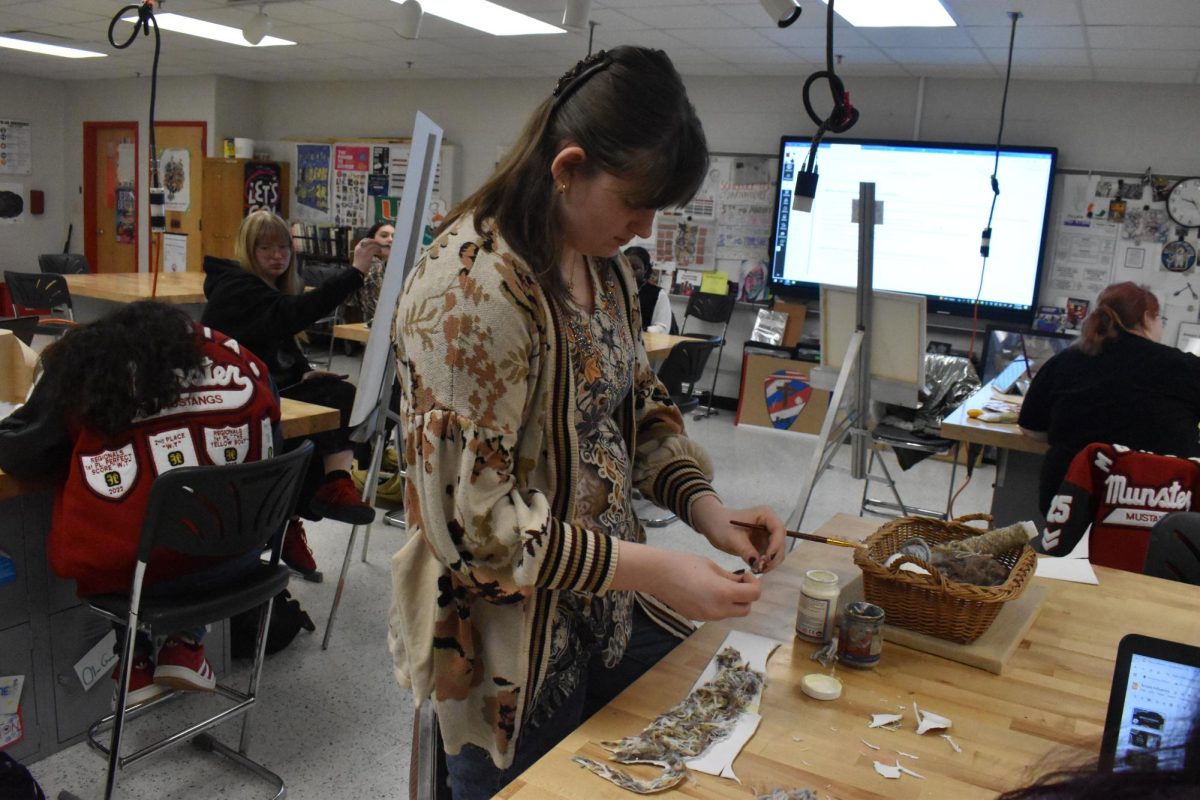
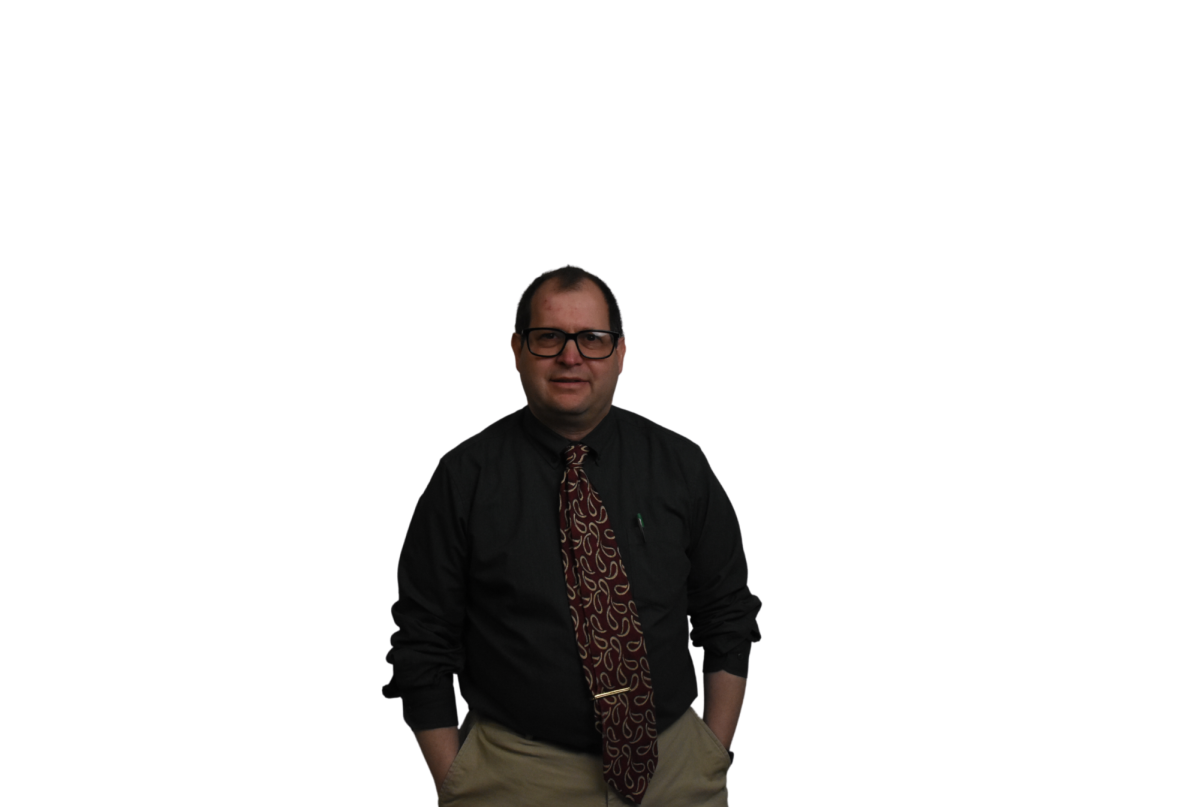
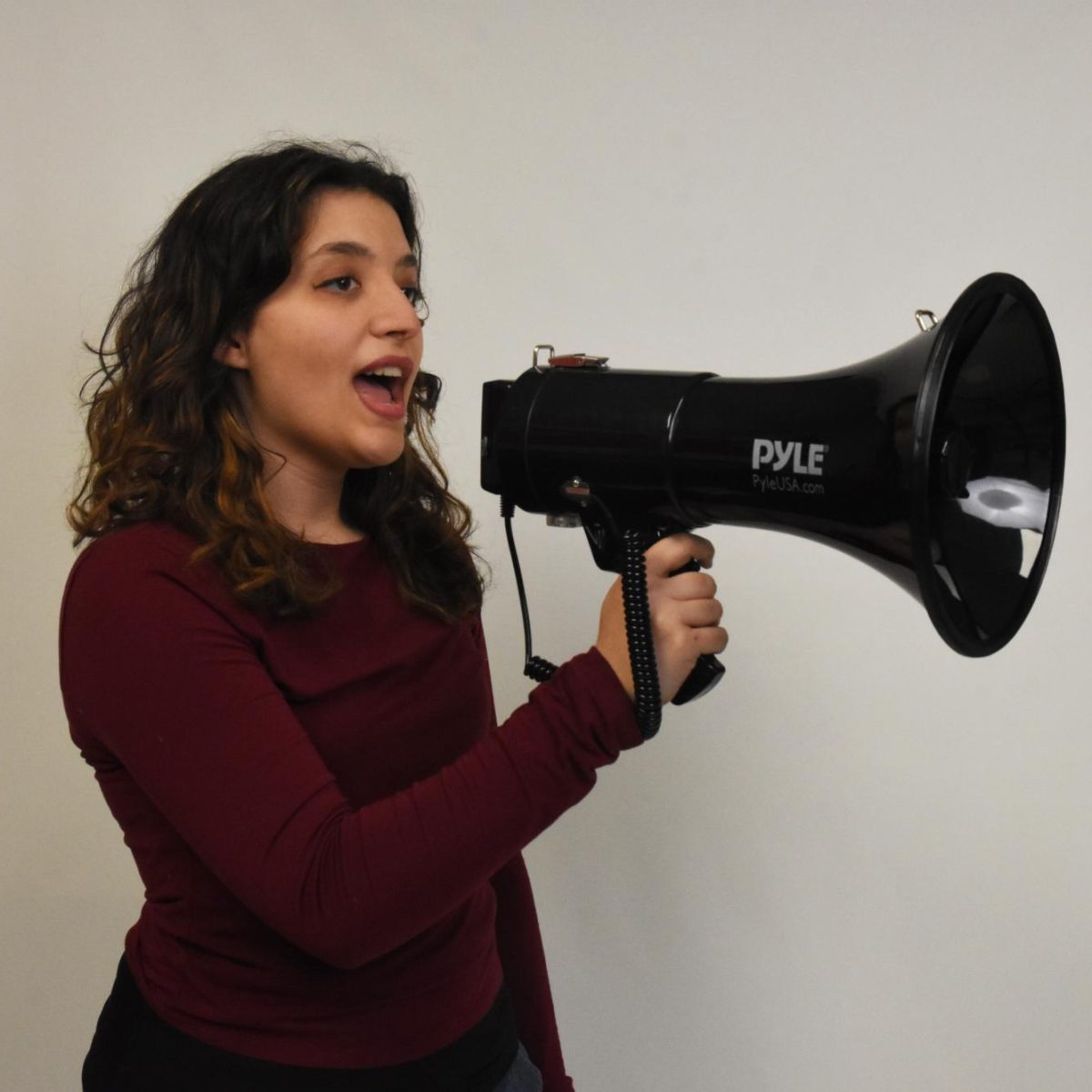
![SNAP HAPPY Recording on a GoPro for social media, senior Sam Mellon has recently started a weekly sports podcast. “[Senior] Brendan Feeney and I have been talking about doing a sports podcast forever. We love talking about sports and we just grabbed [senior] Will Hanas and went along with it,” Mellon said.](https://mhsnews.net/wp-content/uploads/2025/04/sam-892x1200.png)

